1. Diwali
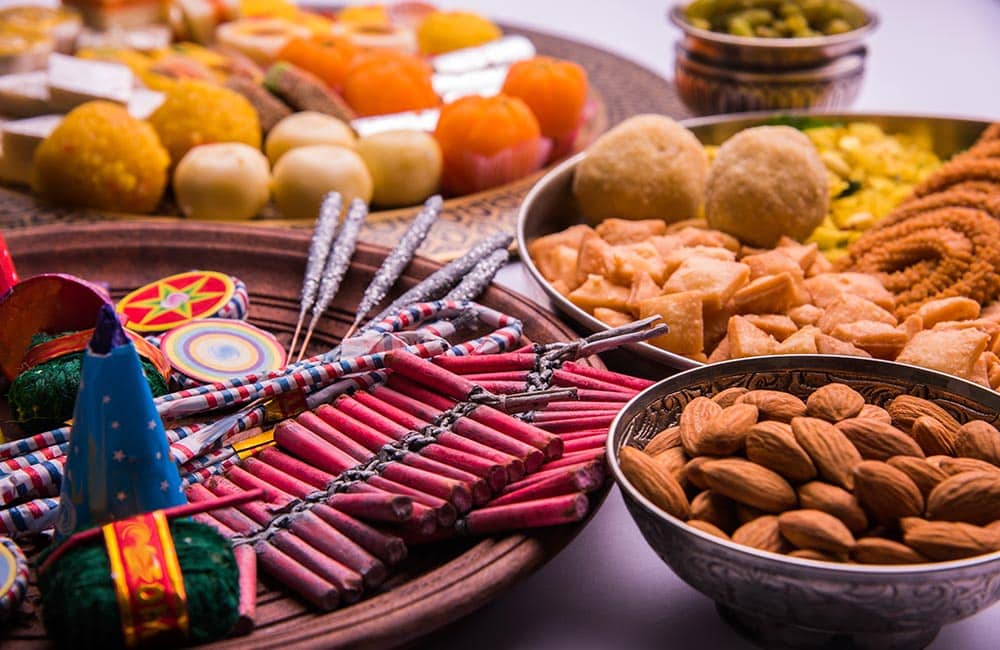
Undoubtedly, Diwali or Deepavali is the most spectacular festival celebrated in the Indian subcontinent. Autumn heralds in this Hindu festival of lights that is celebrated across the length and breadth of the country. The celebrations are marked by people decorating their homes with candles, earthen lamps, and lights, bursting crackers, and exchanging gifts and sweets with friends and family. Since it is celebrated on a new moon night, these sparkling lamps and lights add a magical feel to the whole scenario. A festival that commemorates Lord Rama’s return with his wife after 14 years of exile and his triumph over Ravana, Diwali symbolizes the ultimate victory of good over evil. During this festival you can visit Rama’s janmabhoomi which is Ram Mandir in Ayodhya.
2. Holi
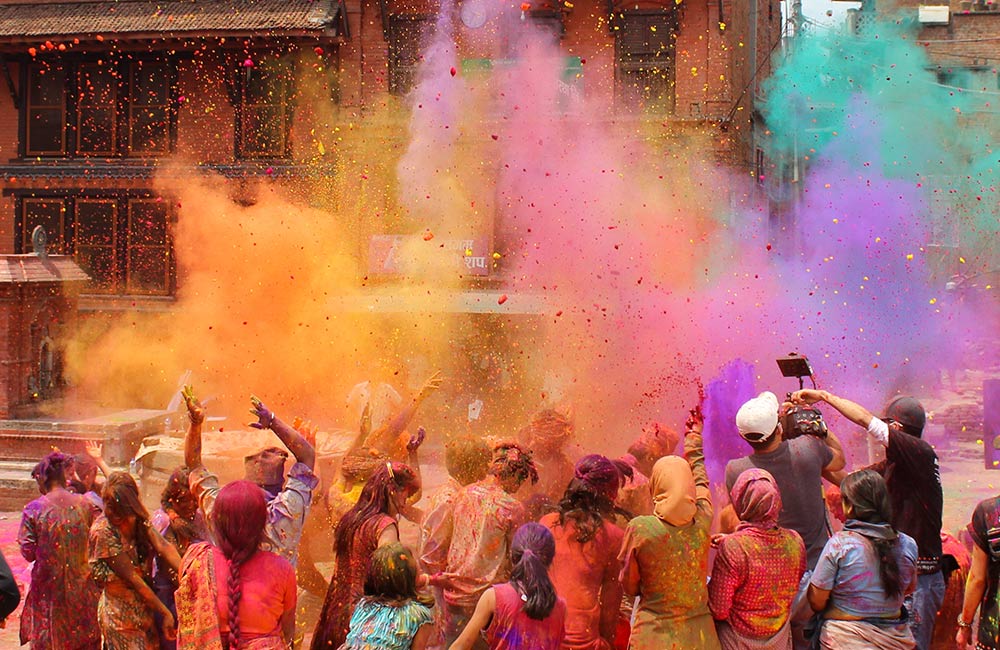
Holi is another noteworthy name in the list of festivals of India. Considered the festival of love and the festival of colors, it signifies the arrival of spring and the victory of good over evil. It is celebrated all over the country with a lot of enthusiasm and fervor. Typically, the celebrations start on the eve of the festival. Huge bonfires are lit (symbolizing the burning of the mythical demoness Holika), and people sing and dance around this crackling fire. On the day of the Holi festival, they put dry and wet colors of various hues on each other. Playing with water guns and balloons filled with colored water, and drinking bang thandai (a desi cocktail made with Indian spices) are some of the key attractions of Holi.
3. Navratri
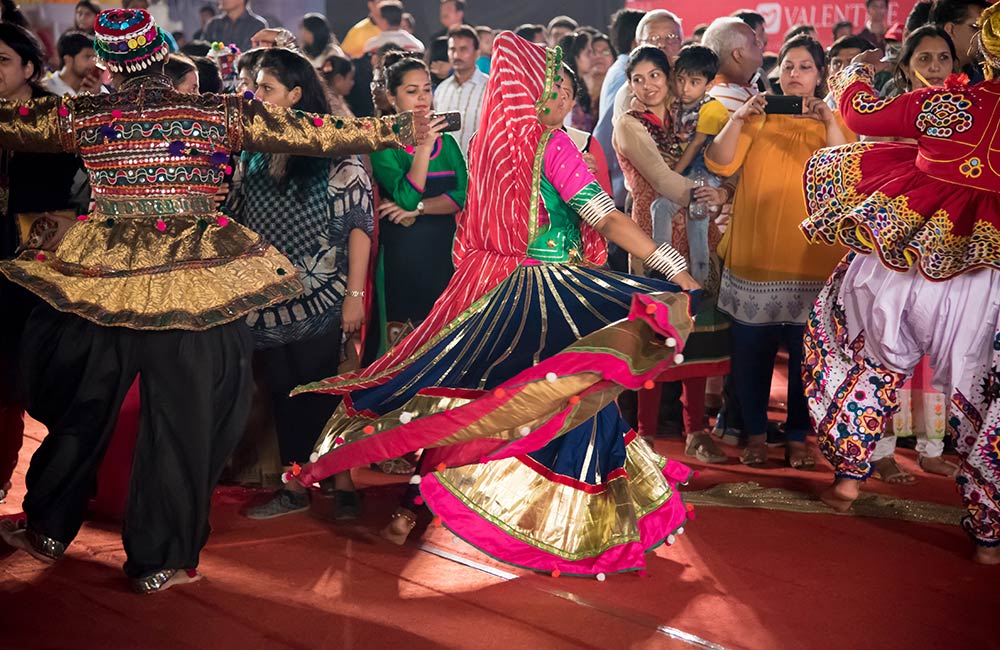
Navratri counts as one of the major Hindu festivals, and the celebrations continue for days on end. In Sanskrit, the term Navratri means nine nights. True to its name, the festival spans over nine days and nights. During Navratri, Goddess Shakti is worshipped in different forms. In North India, Navratri celebrations involve vibrant Dandiya Raas and Garba dances that are enjoyed by men, women, and children dressed in colorful traditional attire.
4. Durga Puja
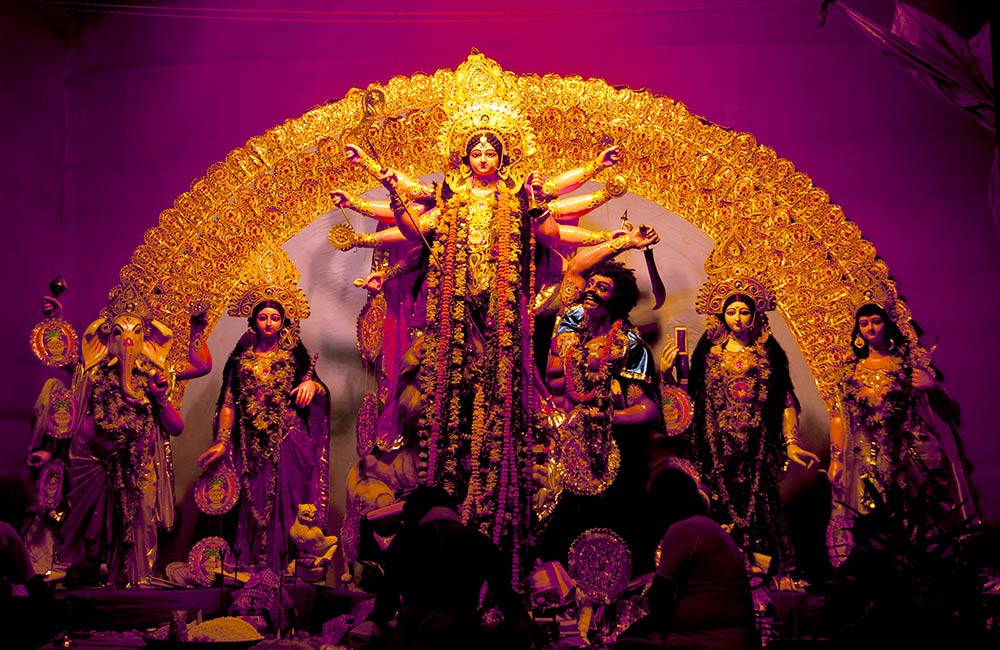
A symbol of cultural identity for the Bengalis, Durga Puja is celebrated with much fanfare and gaiety for four days. One of the major festivals of India, it is particularly popular in West Bengal, Assam, Odisha, Tripura, Jharkhand, and Bihar. During Durga Puja, huge clay idols of the ten-armed Goddess Durga and her four children are worshipped in specially made mandaps. People dress up in new clothes and go pandal-hopping with family and friends. The festival culminates with the immersion of the idol of the goddess in water.
5. Dussehra
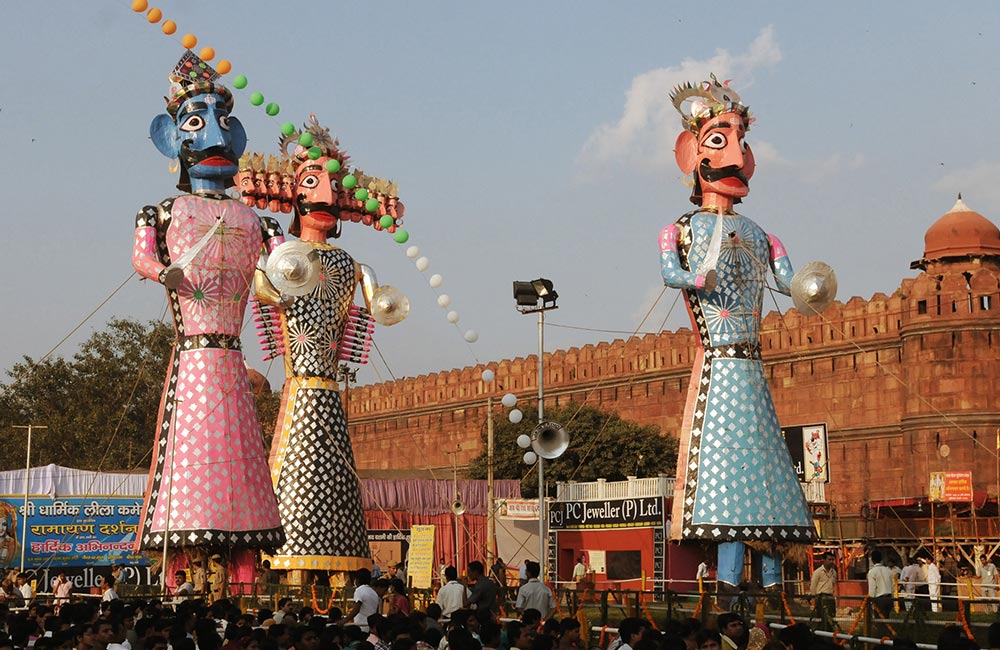
Dussehra marks the end of Navratri as well as Durga Puja. A prominent name in the Indian festival calendar, it is also known as Vijayadashami. As is with most festivals, Dussehra is celebrated in different ways in different parts of the country. While in some states it is celebrated to commemorate the victory of Lord Rama over Ravana, others consider it Goddess Druga’s triumph over Mahishasura. The celebration of Dussehra is marked with enactments of Ramlila and the burning of mammoth effigies of Ravana along with Kumbhkaran and Meghnad. Mysore in Karnataka is the best place to enjoy Dussehra in India. Dussehra is considered to be in the top 10 festivals in India as it is celebrated by everyone and everywhere in the country. During the festival, Mysore Palace is illuminated with around one lakh bulbs, presenting a breathtaking sight. The huge procession carried out by decorated elephants on this occasion is also a spectacle worth witnessing.
6. Janmashtami
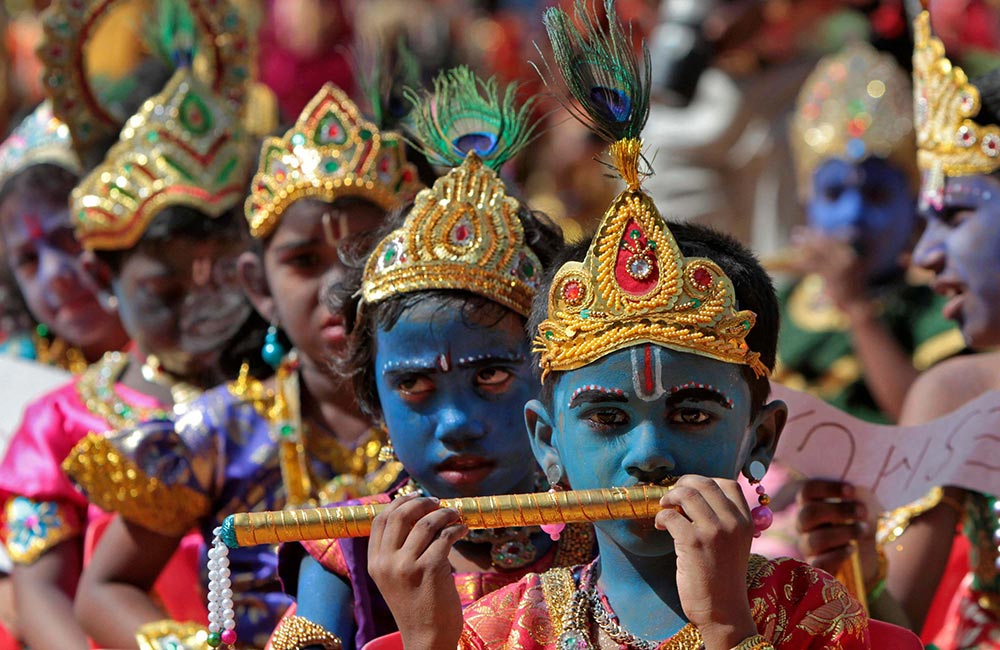
Janmashtami marks the birth of Lord Krishna, who is considered to be the eighth avatar of Lord Vishnu. Celebrated across the country with much pomp and splendor, it tops the list of Hindu festivals. On this day, devotees worship Lord Krishna at their homes and in temples and offer a variety of delicacies to please the deity. Mathura and Vrindavan, the two historical places in India related to Krishna’s birth and childhood, witness lavish celebrations marked with hymns and dances. On this occasion, little children often dress up as Lord Krishna. Another important attraction of the festival is the dioramas, narrating the story of the night of the virgin birth, complete with miniature mountains, a river signifying the Yamuna, and the prison of Kansa where Devki was imprisoned. It is a hugely celebrated religious festival in India. In Mumbai, people form gigantic human pyramids, several storeys high, and try to break an earthen pot filled with yogurt hanging above in an event known as Dahi Handi.
7. Ganesh Chaturthi
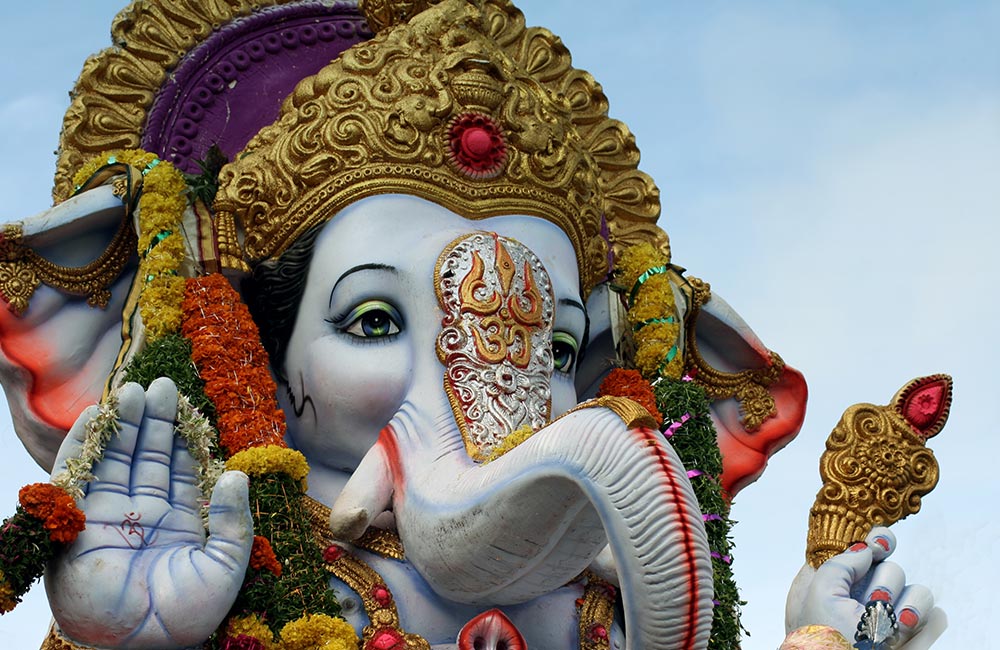
Among all festivals of India, Ganesh Chaturthi or Vinayaka Chaturthi holds a special significance for Hindus. The festival commemorates the birth of the much-loved Hindu deity, Lord Ganesha. Colorful festivities spanning over ten days mark the celebrations. It starts with the installation of artistically crafted Ganesha idols in homes and public mandaps. People worship the deity with much fervor and gaiety. On the tenth day, the idol is immersed in water, which marks the end of the festivities. Ganesh Chaturthi is celebrated all over India, especially in the states of Maharashtra, Karnataka, Madhya Pradesh, Gujarat, Goa, and Chhattisgarh.
8. Eid-ul-Fitr
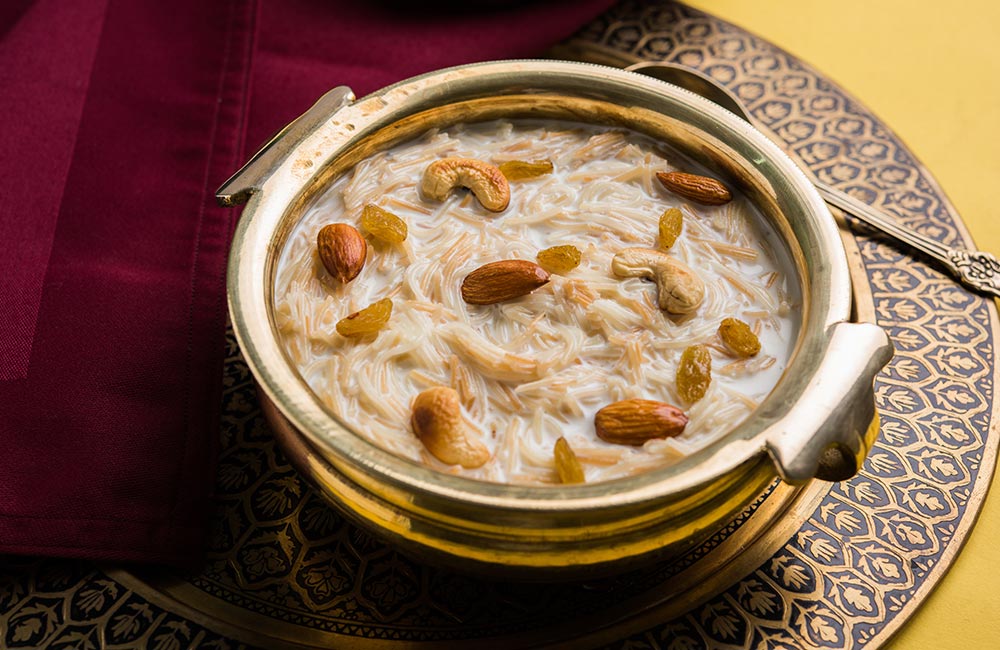
Eid-ul-Fitr or simply Eid is among the major religious festivals of the Muslim community. It marks the end of Ramadan, which is the sacred month of fasting akin to the Christian Lent. The festival is celebrated on the day following the sighting of the crescent moon at night. Devotees offer prayers at mosques, visit friends and relatives, and feast with their near and dear ones; sweet seviyan is perhaps the most famous symbol of Eid. Mosques and markets across the country are beautifully decorated on this occasion and several iconic markets in India sell special delicacies too.
9. Christmas
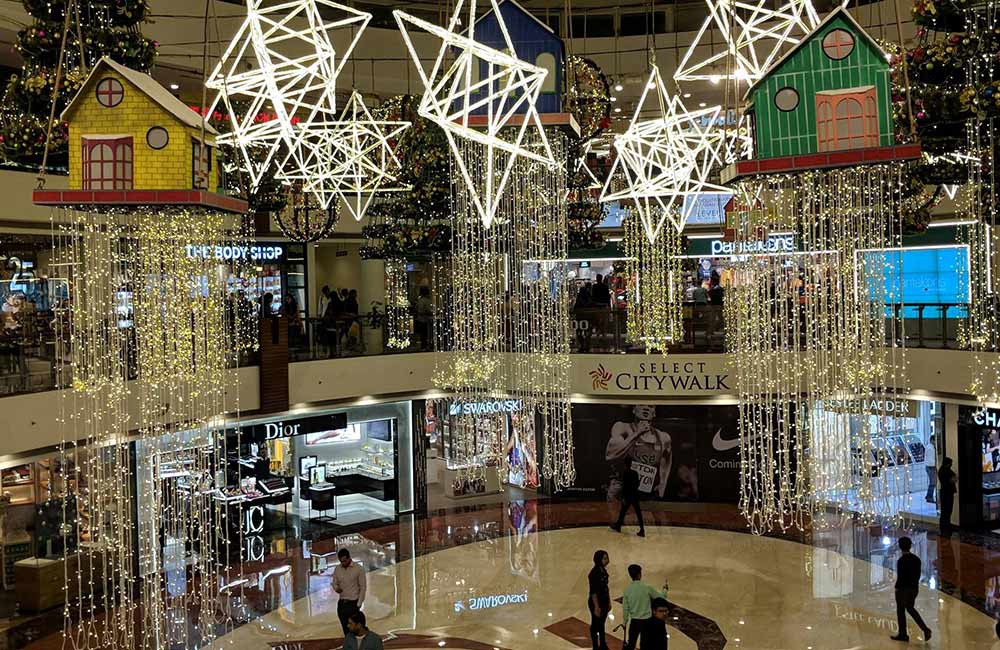
Christmas needs no introduction. It marks the birth of Jesus Christ and so, holds special significance for Christians. But like many other festivals in the country, it also holds appeal for the people of other religions. And since Christmas is followed by the New Year, there is a festive spirit in the air. Churches are lit up and bedecked in an attractive manner. Decorated Christmas trees are a common sight everywhere, from people’s homes to the largest malls in India. The day is celebrated by attending prayer mass at churches, exchanging gifts, and feasting with friends and family.
10. Maha Shivratri
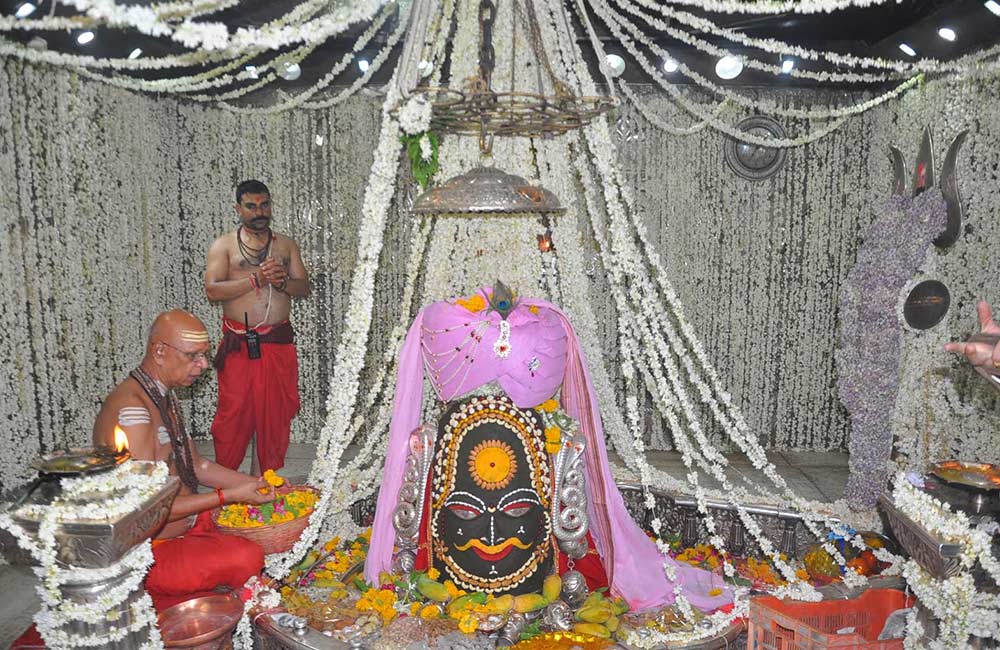
As the festival name indicates, Maha Shivratri is celebrated in honor of the Hindu deity, Lord Shiva. This annual event symbolizes the overcoming of ignorance and darkness in life. Maha Shivratri, meaning the Great Night of Shiva, is celebrated across all corners of the country. Unlike most other Hindu festivals, Maha Shivratri does not include cultural revelry. Rather, it involves fasting, meditating, chanting prayers, and worshipping the Shiva Linga. Ardent devotees remain awake all night long and perform pujas as per the traditions. You can witness festivities and ceremonies in the Shiva temples of the country, though.
11. Rakshabandhan
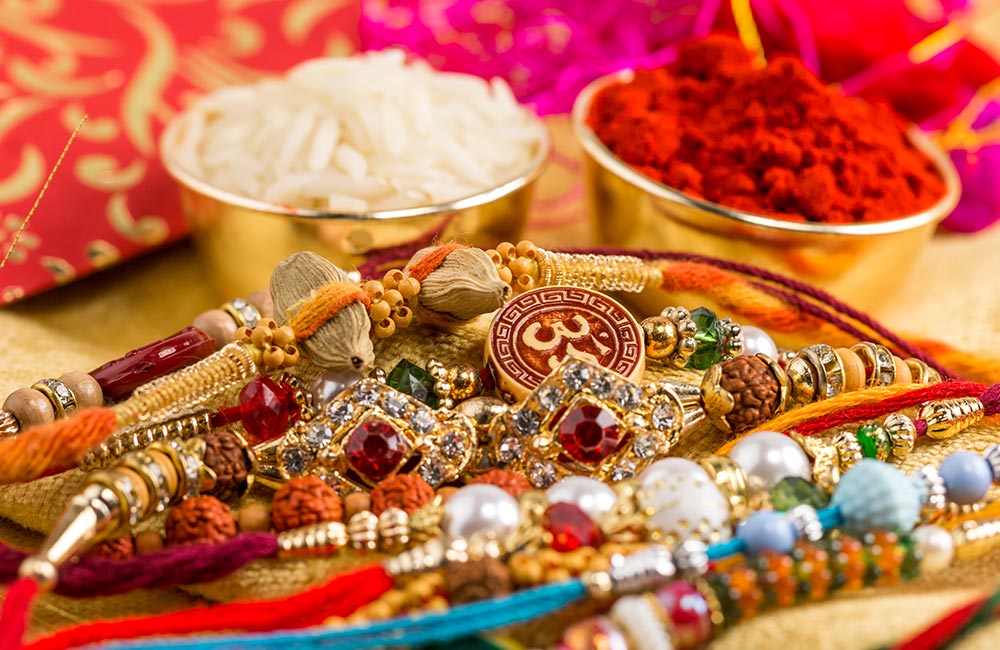
Rakshabandhan or Rakhi cherishes the bond between a brother and a sister. On this popular Hindu festival, sisters tie an amulet or talisman on the wrists of their brothers. The brothers, on their part, give their sisters a gift and a promise to protect them whenever the need arises. The festival holds much significance for brothers and sisters of all ages. It has been shown in countless Bollywood movies as well to highlight the emotional brother-sister bond.
12. Onam
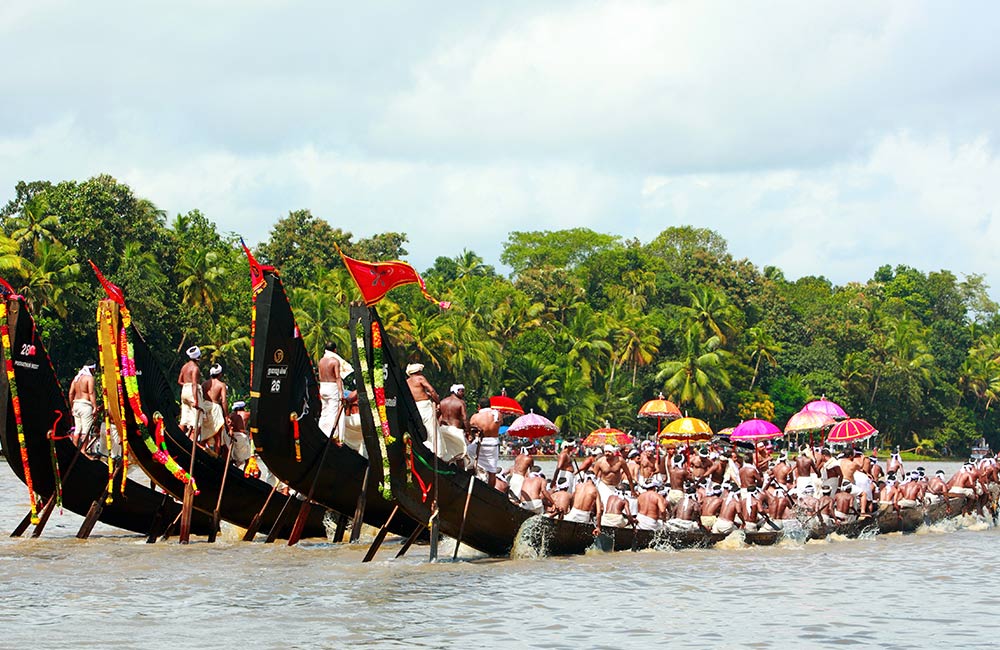
The biggest festival of Kerala, Onam marks the onset of the harvest season. It is also celebrated to remember King Mahabali, whose spirit is believed to visit his people during this time. Onam celebrations include a lot of fanfare and gaiety, including boat races, floral arrangements, worshiping, dancing, and enjoying elaborate feasts with friends and family. If you are in Kerala during this festival, do not miss out on witnessing the spectacular snake boat race, the elephant procession, and the mesmerizing Kaikottikali dance.
13. Baisakhi
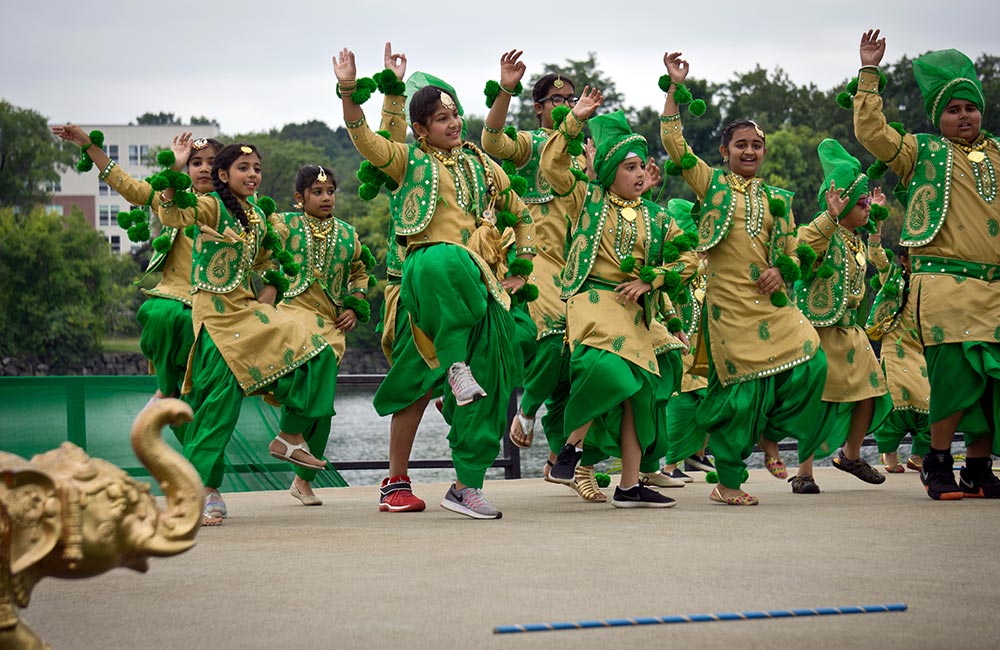
Counted among the major festivals of the Sikhs and Punjabi community, Baisakhi celebrates the onset of harvest season for the rabi crops. This harvest festival is celebrated with a lot of enthusiasm and excitement by the people of Punjab and the Punjabi diaspora all over the world. The celebrations are marked by performances of folk dances like Bhangra and Giddha, decorating the houses and gurudwaras, and enjoying lavish feasts. Baisakhi also has a religious aspect to it. It marks the day when Guru Gobind Singh, the tenth Guru of Sikhs, placed founded the Khalsa order, way back in the year 1699.
14. Gurpurab
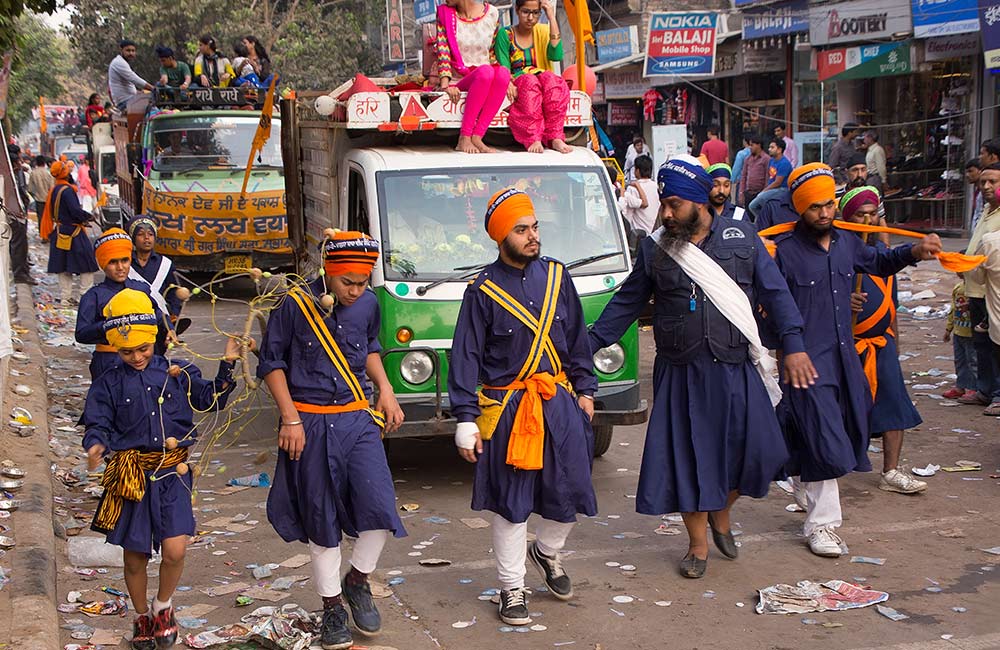
Another sacred festival for the Sikh community, Gurpurab celebrates the birth of Guru Nanak, the first Sikh Guru. It is also known as Guru Nanak’s Prakash Utsav, Guru Nanak Gurpurab and Guru Nanak Jayanti. People observe this festival by reading the Guru Granth Sahib for two days prior to the festival, and organizing special assemblies on the teaching of the guru and community meals in the gurudwaras. Processions are organized and Karah Prasad is distributed to all, irrespective of caste or religion. Several observers journey to Gurudwara Nankana Sahib all the way in Pakistan, the birthplace of the deity, to celebrate the occasion.
15. Makar Sankranti
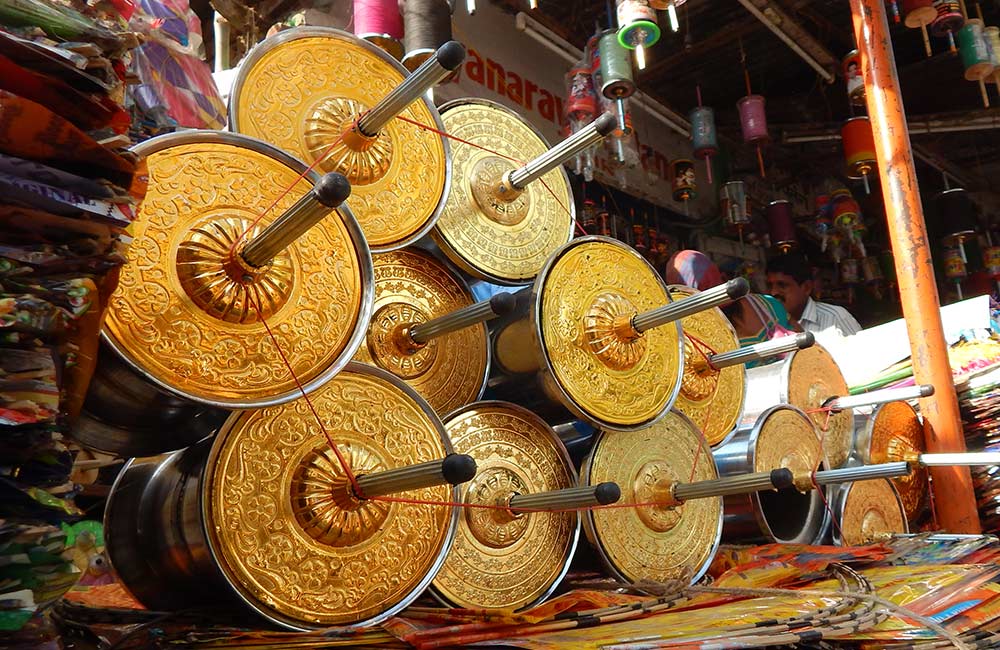
Makar Sankranti is one of those few Indian festivals celebrated based on the solar calendar. It marks the winter solstice and the arrival of longer days with the sun’s transit into the Capricorn constellation. The festival is known and celebrated by different names across in India. For instance, it is celebrated as Maghi in North India, Magh Bihu in Assam, Pedda Panduga in Karnataka and Andhra Pradesh, Thai Pongal in Tamil Nadu, and Sukarat in Central India. Several other states like West Bengal, Uttarakhand, Madhya Pradesh, Maharashtra, Goa, Chhattisgarh, Bihar, Tripura, Odisha, and Uttar Pradesh also celebrate Makar Sankranti. People celebrate the day with various rituals and traditions, like taking a dip in the Ganges, offering water to the Sun God, and flying kites.
16. Easter
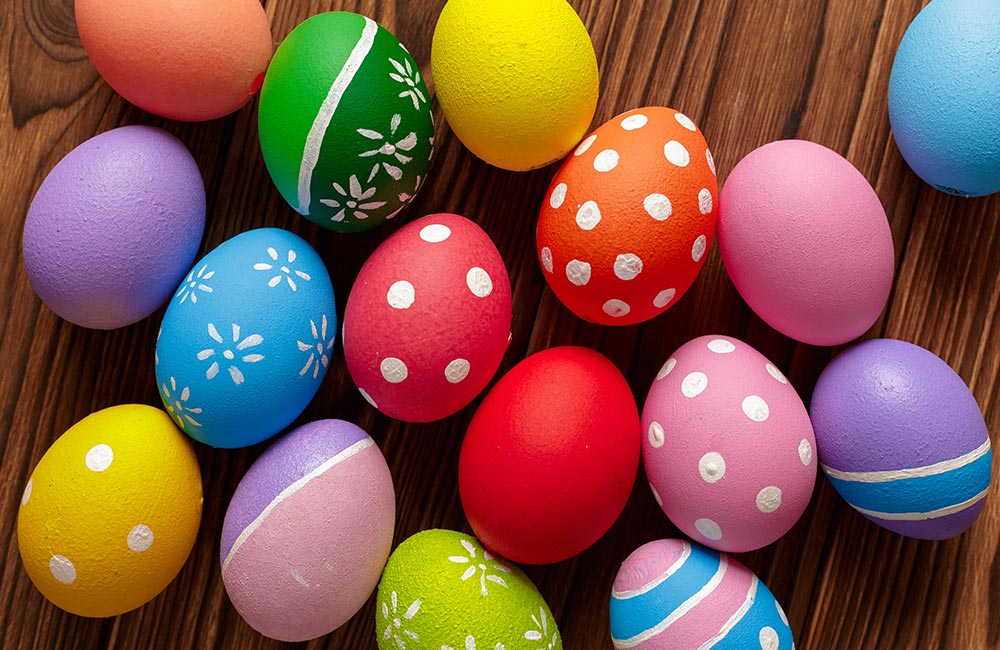
Celebrated with much fervor and joy by the Christian community of India, Easter marks the resurrection of Jesus Christ from the dead. According to the New Testament, Jesus is believed to have risen from the dead on the third day following his crucifixion by the Roman authorities. Different Christian denominations in India celebrate this occasion by decorating their homes and streets, decorating Easter eggs, presenting gifts, singing, feasting, and merrymaking. This festival is celebrated across all of India, but the celebrations in Goa, Kerala, and Pondicherry are worth being part of.
17. Hemis
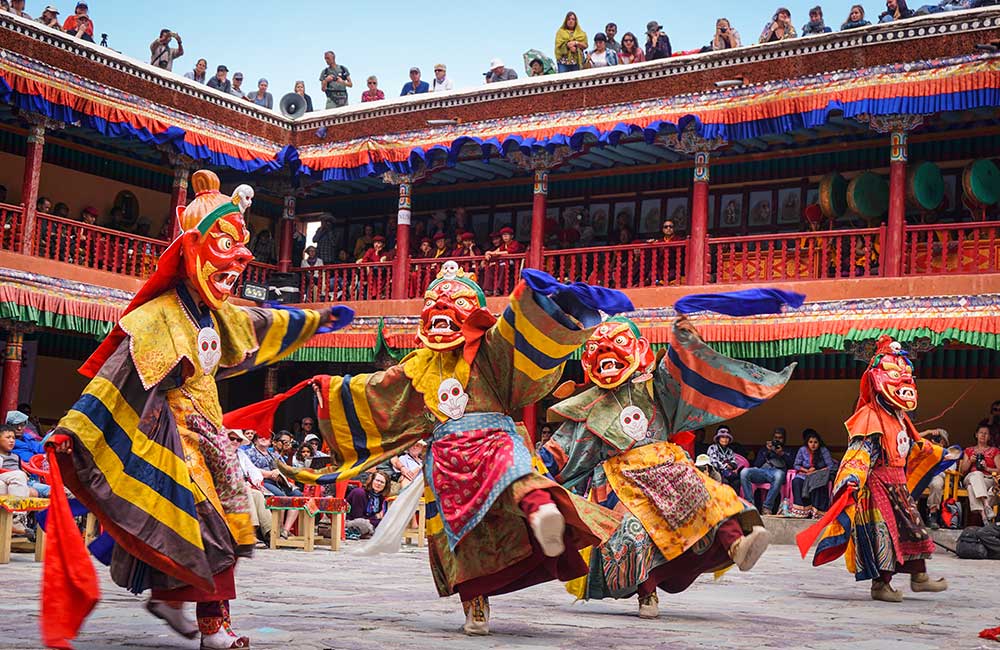
Hemis is a religious festival from Ladakh, celebrated at Hemis Monastery over two days in honor of Lord Padmasambhava, a spiritual leader and founder of Tibet Tantric Buddhism. The festivities include the Cham dance performed by the monks of the monastery to traditional cymbals, small trumpets, and large pan-drums. The dancing monks also wear elaborate outfits and masks for the performances.
18. Chhath Puja
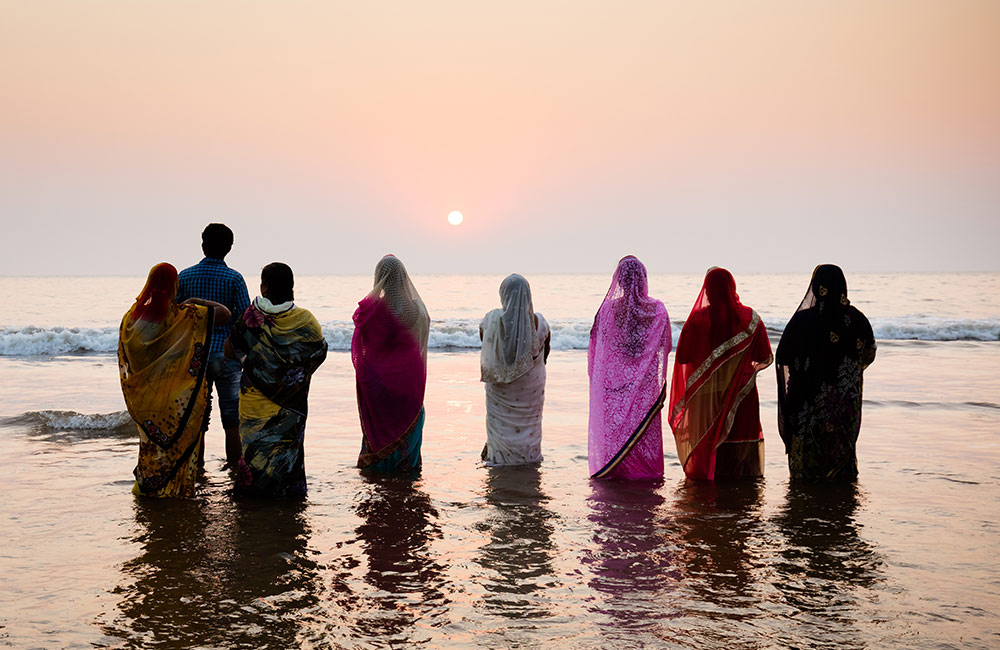
An ancient Hindu festival, Chhath Puja is observed over four days to show reverence to the Sun God and his wife, and seek their blessings for happiness and good health. Fasting, abstaining from drinking water, bathing in rivers, and offering prayers to the sun during sunrise and sunset are integral parts of it. The festival is observed by families, generation after generation, without a break. As per tradition, one can take a break from the observance only if there is a death in the family.
19. Gangaur
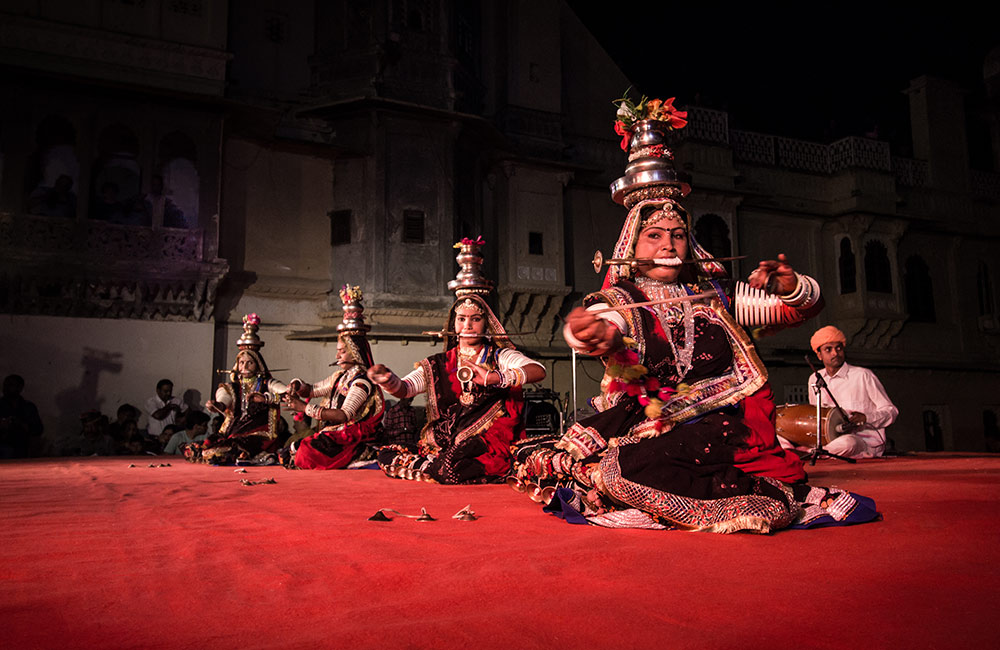
Gangaur is a colorful festival, during which the womenfolk of Rajasthan worship Gauri, the wife of Lord Shiva. Gangaur, symbolizing harvest, spring, and marital fidelity, is believed to bring happiness and fulfillment in a married couple’s life. Unmarried women also celebrate this festival and pray for a good life partner. In several places, it is celebrated with processions. In Jaipur, people buy and share ghewar, a sweet snack, with their near and dear ones.
20. Hornbill festival
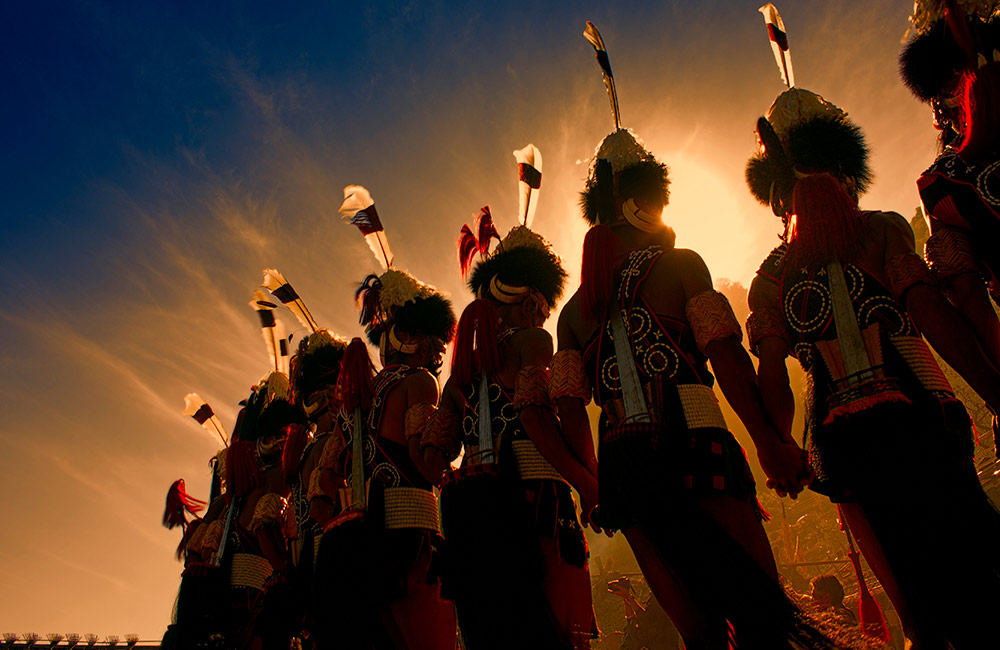
Called the ‘Festival of Festivals’, Hornbill Festival offers a fine showcase of the traditions and cultures of Nagaland. The weeklong festival is celebrated at the Naga Heritage Village, which is around 11 km from the capital city of Kohima. During the festival, you can see colorful performances by the participants, traditional food fairs, art and crafts of the land, games, parades, and religious ceremonies that uphold the beauty of Nagaland in a unique manner. All tribes of the state participate in these celebrations, making it a true extravaganza.
21. Saga Dawa
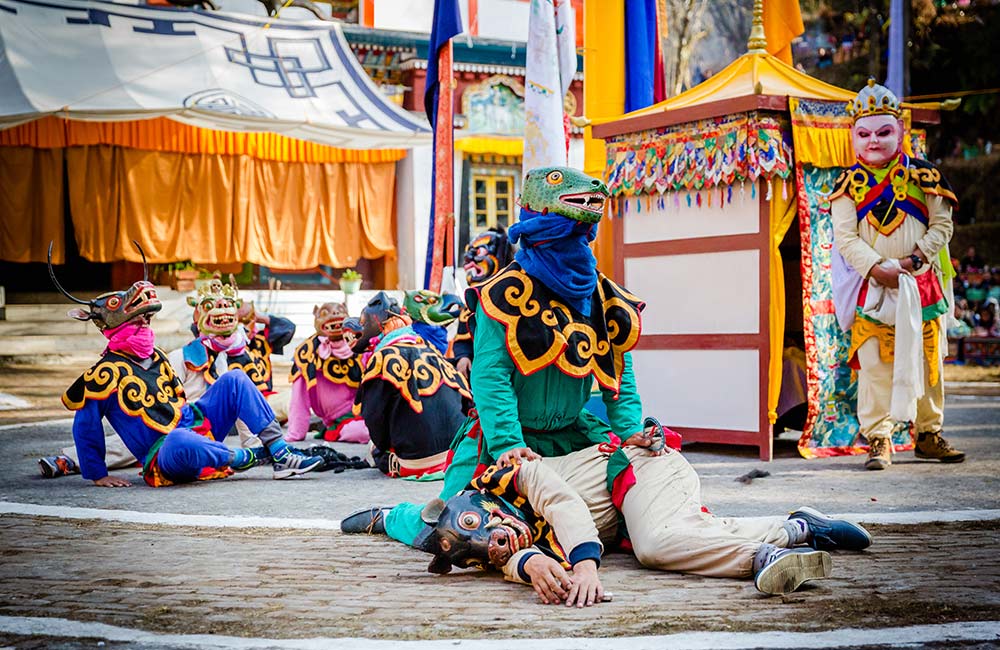
Saga Dawa (Other Regional and Religious Festivals of India)One of the major festivals of Sikkim, Saga Dawa is celebrated by the Buddhist population of the state with much fanfare. This religious observance commemorates the enlightenment of Lord Buddha, during which people burn incense sticks and offer water at the monasteries dotting the state. People also chant prayer hymns and turn the prayer wheels during this festival.
22. Dree festival
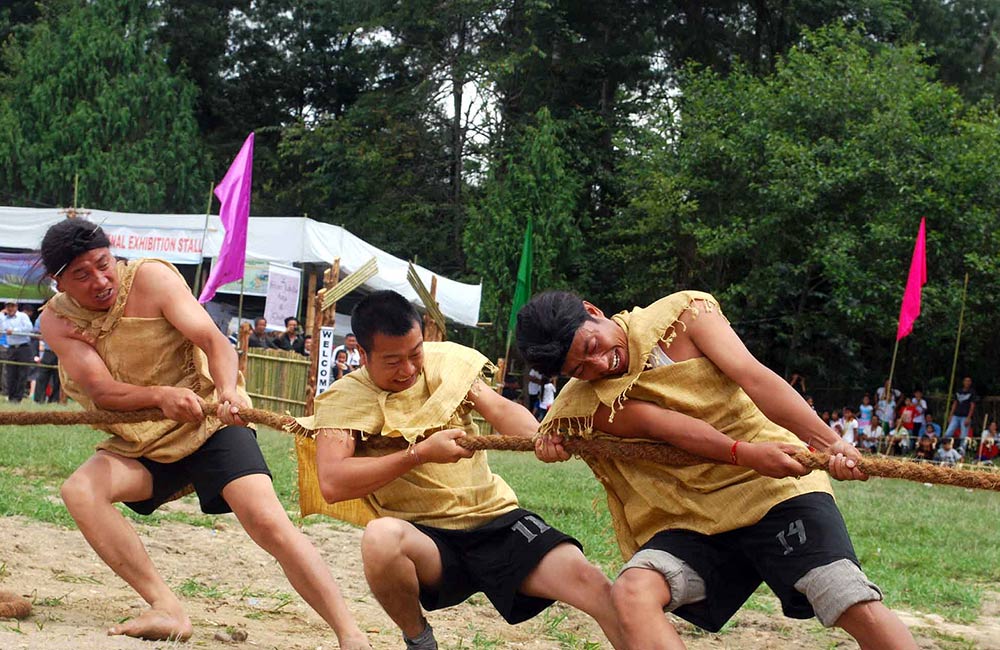
Dree Festival is celebrated in the scenic Ziro Valley in Arunachal Pradesh in to ensure a good harvest for the state. As per traditions, cucumbers are distributed to everybody as a symbol of good harvest, and prayers are offered to five deities, named Tamu, Metii, Medvr, Mepin, and Danyi, to appease them and seek their blessings. Brewing and drinking local wine and feasting on a variety of local delicacies are the highlights of the festival.
23. Lui-Ngai-Ni
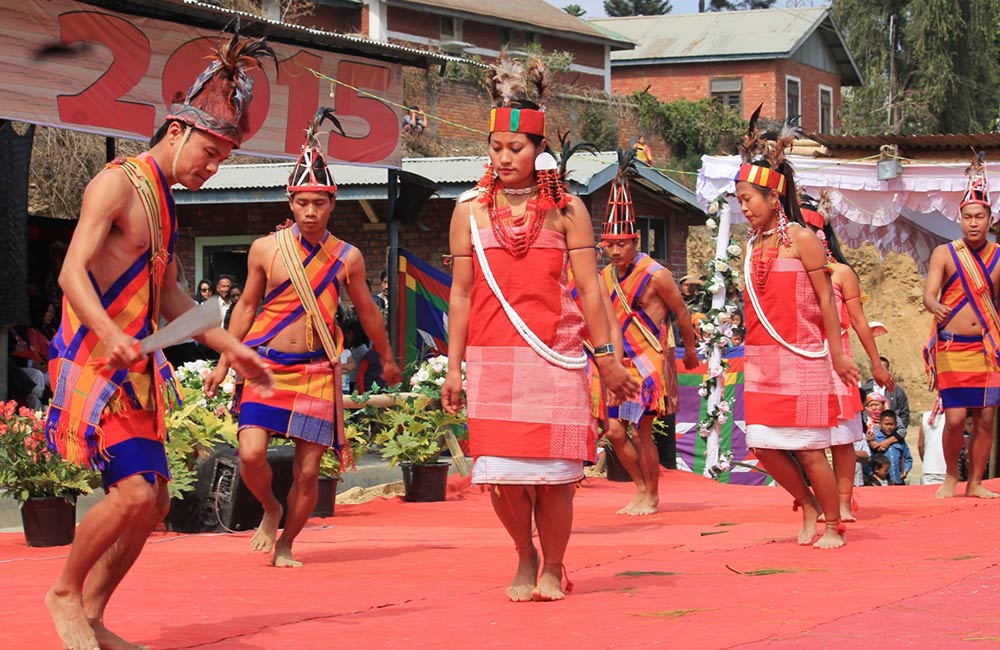
The Naga tribes of Manipur celebrate Lui-Ngai-Ni as a seed-sowing festival that falls on the 14th or 15th of February every year. During the festival, Manipur Nagas converge at a place to showcase their impressive cultural heritage. Naga tribes from the neighboring states of Assam and Arunachal Pradesh also take part in the celebrations. It honors and appeases the gods who are believed to determine the fate of the crops sowed on earth. A number of cultural activities, including traditional songs, dances, and drum beating, mark the festivities.
24. Moatsu Mong
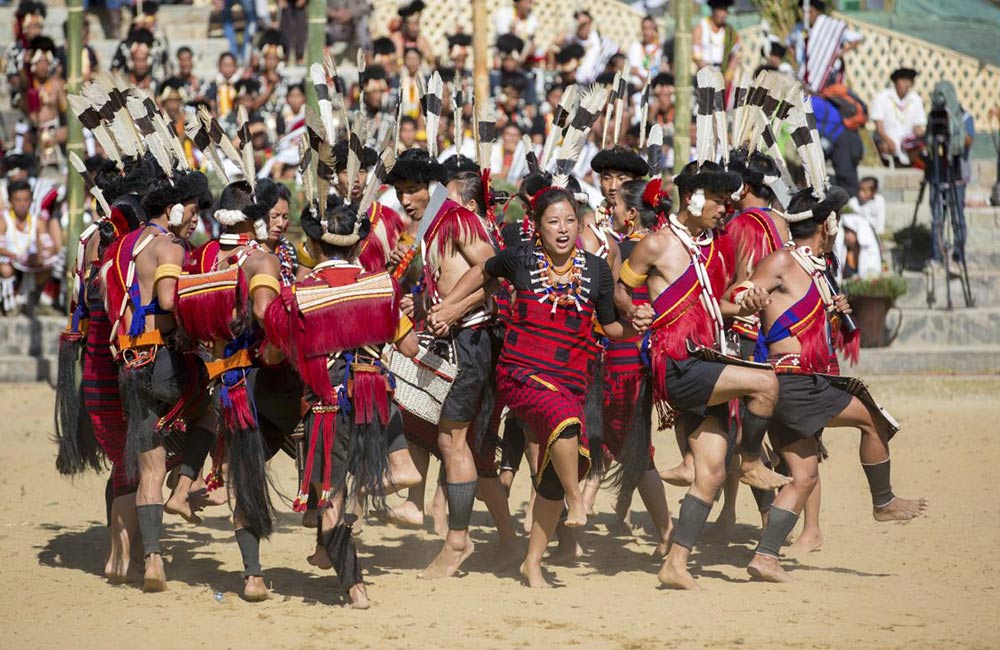
Every year, the Ao tribe of Nagaland comes together to celebrate Moatsu Mong to mark the completion of the sowing season. Basically, it is meant to offer some relief to people after the stressful season of sowing, weeding, and other agricultural activities. That’s why it is marked by happy songs and dances. A big fire is lit, around which men and women sit in their best attire, drinking wine, eating meat, and making merry.
25. Bakrid
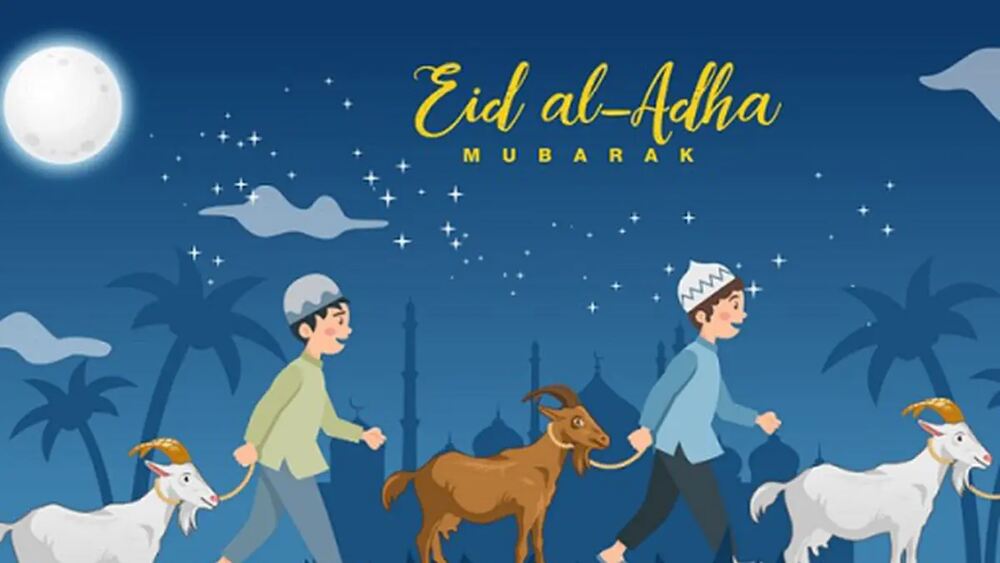
Eid ul Zuha, also known as Eid al-Adha or Bakrid or the Festival of Sacrifice, is one of the most important Islamic festivals celebrated by Muslims worldwide. It marks the culmination of the Hajj pilgrimage and commemorates the willingness of Prophet Ibrahim (Abraham) to sacrifice his son as an act of obedience to God.On this day, Muslims gather for congregational prayers at mosques and open spaces, followed by the sacrifice of animals, typically sheep, goats, or cows. The meat is divided into three parts, with one part given to the poor and needy, another shared with relatives and friends, and the remaining kept for personal consumption. Eid ul Zuha is a time of joy, gratitude, and reflection, as Muslims come together to strengthen community bonds, practice generosity, and remember the values of sacrifice and obedience to God.
26. Basant Panchami
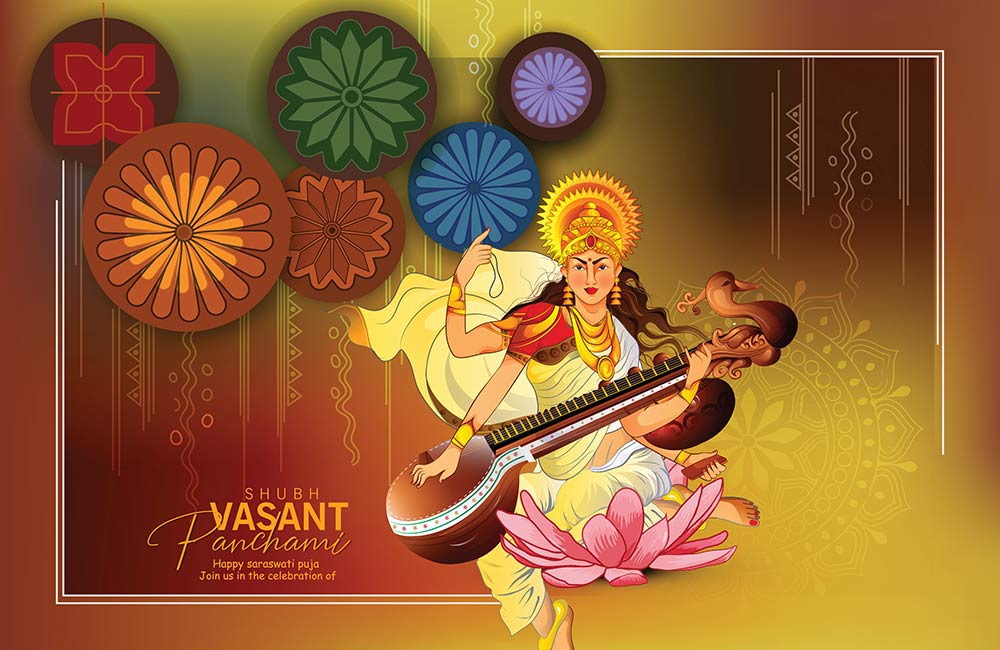
Basant Panchami, also known as Vasant Panchami, is a vibrant Hindu festival celebrated in India. This auspicious occasion falls on the fifth day of the Hindu month of Magha, which typically falls in late January or early February. Basant Panchami marks the arrival of the spring season and is dedicated to the worship of Saraswati, the goddess of knowledge, arts, and music.People dress in yellow attire, symbolizing the blossoming of mustard flowers that adorn the fields during this time. Devotees offer prayers to Saraswati, seeking blessings for wisdom, creativity, and academic pursuits. Schools, colleges, and cultural institutions organize special ceremonies and events to honor the goddess. It is also a popular time for kite flying, as the clear blue skies and gentle breeze of the spring season create a perfect environment.
27. Ugadi
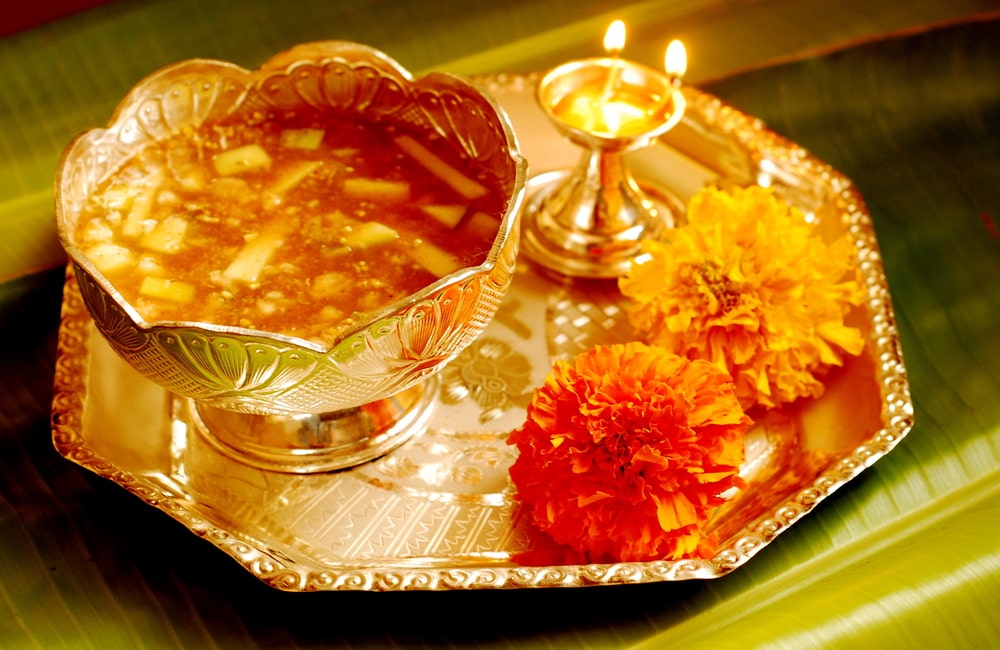
Ugadi is a vibrant and joyous festival celebrated in the southern states of India, particularly in Andhra Pradesh, Telangana, Karnataka, and Maharashtra. On Ugadi, people wake up early, take a ritualistic oil bath, and wear new clothes. The highlight of the celebration is the special ‘Ugadi Pachadi,’ a unique dish made with a mixture of jaggery, neem flowers, tamarind, raw mango, and other ingredients. This dish symbolizes the different flavors of life, representing joy, sorrow, anger, bitterness, and surprise. People visit temples, offer prayers, and seek blessings for a prosperous year ahead. Cultural programs, music, dance performances, and traditional rituals are organized to mark the occasion.
28. Kumbh Mela
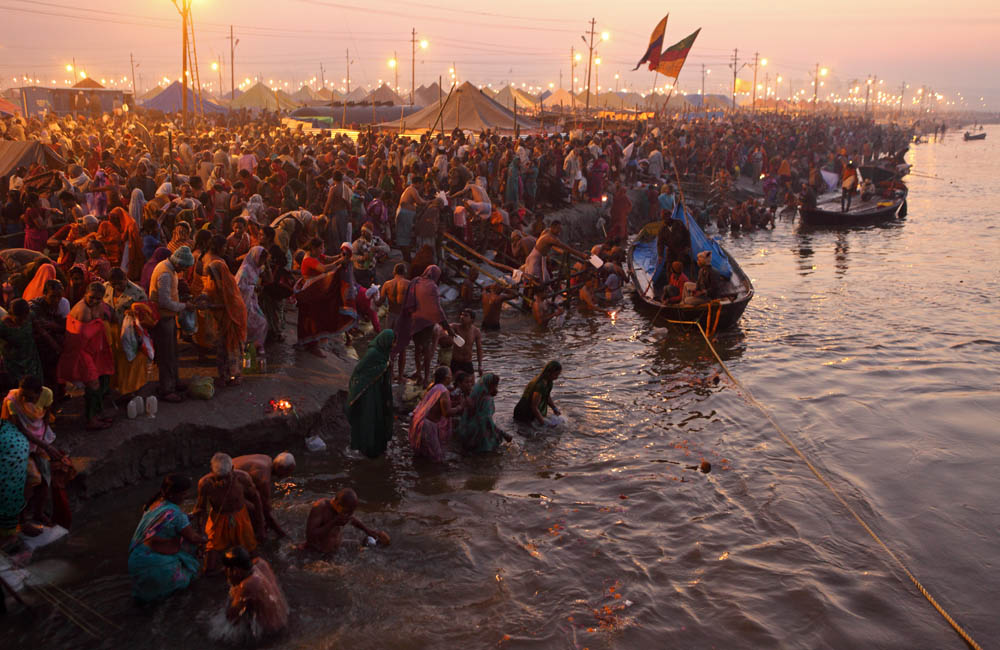
Kumbh Mela, or Kumbha Mela, in Hinduism, is a religious festival that is celebrated four times over the course of 12 years, the site of the observance rotates between four pilgrimage places on four sacred rivers—at Haridwar on the Ganges River, at Ujjain on the Shipra, at Nashik on the Godavari, and at Prayag (modern Prayagraj) at the confluence of the Ganges, the Jamuna, and the mythical Sarasvati.The Maha Kumbh Mela is the largest religious congregation in India, attended by millions. The main ritual of Kumbh Mela is bathing in the rivers. Washing in holy waters is believed to deliver worshippers from their past sins and lead them to moksha, or liberation from the cycle of birth and death. The most recent Maha Kumbh Mela was held in 2013 and the next is due in 2025.
29. Mewar festival
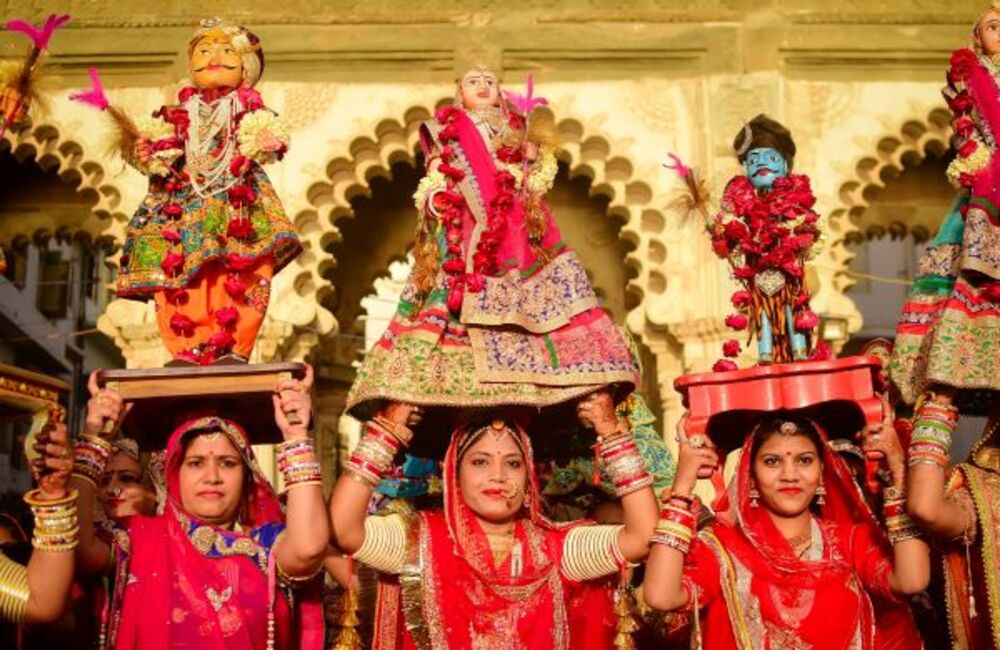
Mewar Festival is a popular cultural festival celebrated in the Indian state of Rajasthan. This festival is mainly celebrated in the city of Udaipur. Mewar Festival is an annual event that takes place during the Hindu month of Chaitra, which usually falls in March or April. The Mewar Festival is celebrated to welcome the spring season during the Gangaur Festival and is also known as the festival of colors. It is a vibrant festival that showcases the rich culture and traditions of Rajasthan. During the festival, the city is decorated with colorful lights, and people dress up in traditional Rajasthani attire. Gauri and Isar idols are brought out for procession on this day. At Gangaur Ghat, women carry the idols on their heads and place them upon the boats.
30. Republic Day
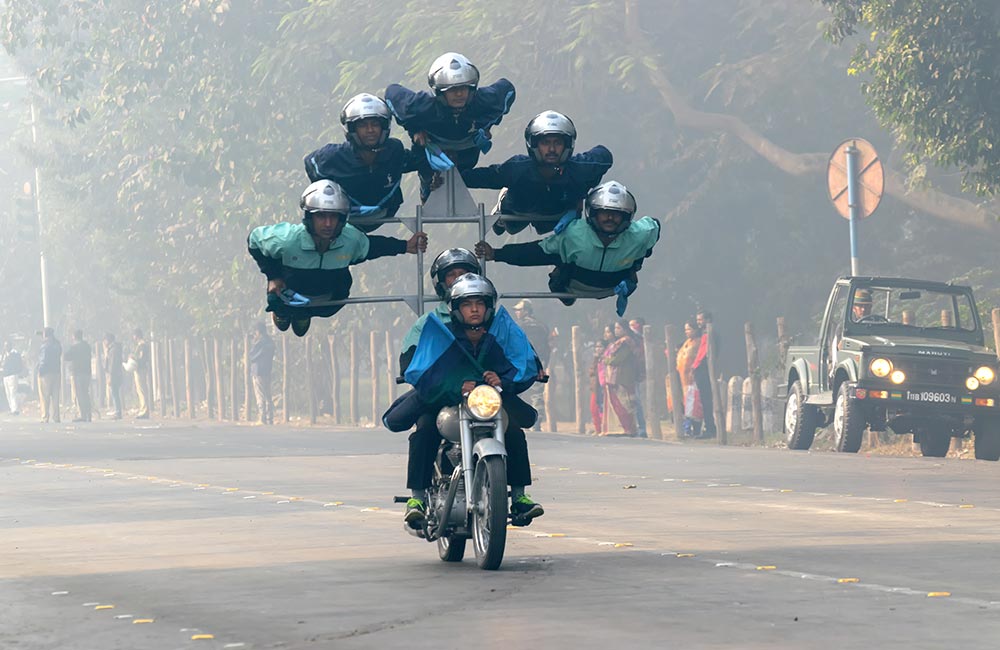
Republic Day marks the adoption of India’s constitution and the country’s transition to a republic on January 26, 1950. Large military parades are held in New Delhi and the state capitals. Representatives of the Indian Army, Navy, and Air Force and traditional dance troupes take part in the parades. A grand parade is held in New Delhi and the event starts with India’s prime minister laying a wreath at the Amar Jawan Jyoti at India Gate, to remember soldiers who sacrificed their lives for their country. A foreign head of state is the president’s chief guest on Republic Day.Awards and medals of bravery are given to people from the armed forces and also to civilians. School children also participate in the parade by dancing and singing patriotic songs. There are many national and local cultural programs focusing on the history and culture of India.
31. Independence Day
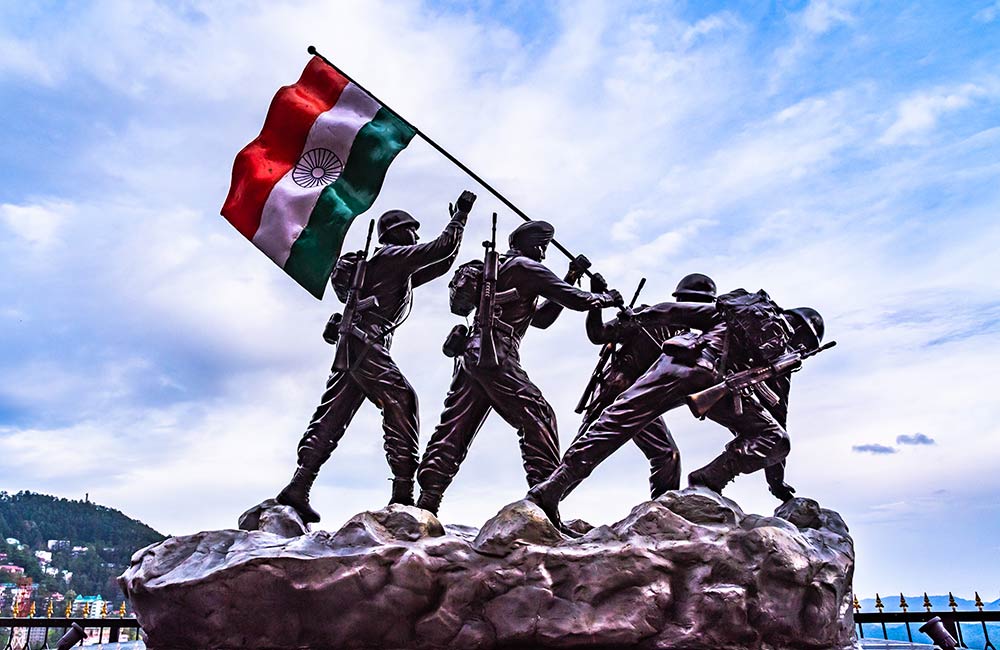
Celebrated on the 15th of August every year, India Independence Day marks the end of 190-year-long British rule in India. In 1947, India was declared a free country on this day. On this day, the national flag of India is hoisted at multiple public places; Prime Minister unfurls the national flag at Red Fort in Delhi to commemorate this historical event. Along with the flag-hoisting ceremony, parade, and folk dance performances also take place. Academic institutions including schools and colleges, host a special ceremony for enlightening the students about the historical significance of this day. Kite flying is a popular tradition associated with Independence Day. People of all ages gather on rooftops and open grounds to fly colorful kites, symbolizing the freedom and aspirations of the nation.
32. Gandhi Jayanti
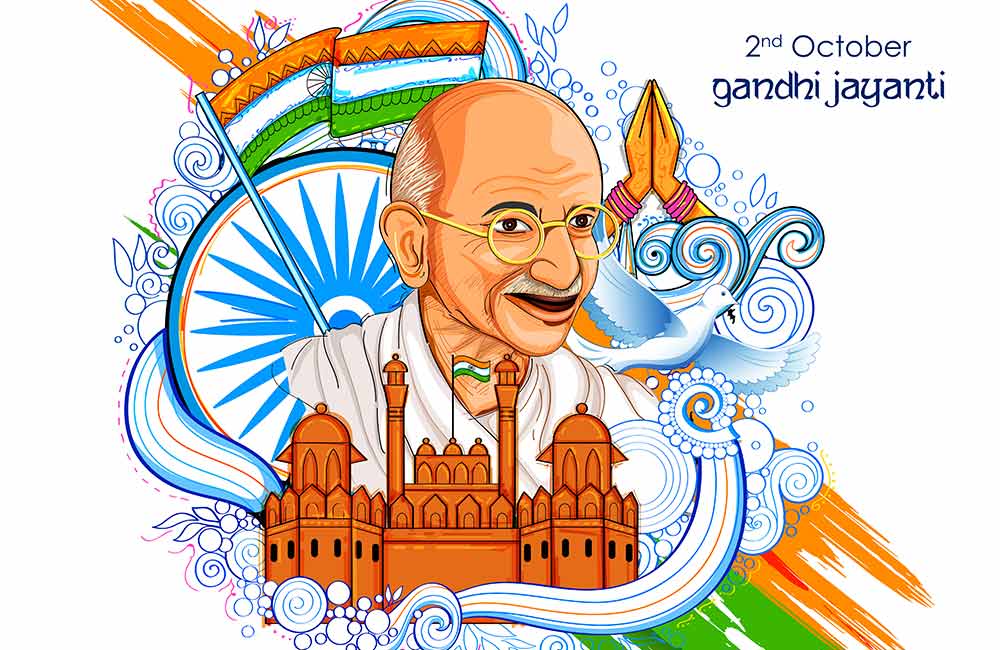
Gandhi Jayanti is celebrated annually on 2nd October to commemorate the birthday of Mahatma Gandhi. He has been offered the title of ‘Father of the Nation’ for his significant contributions to the country. He played an enormous role in attaining freedom from the British. The day is remarked on by special prayers and homages across the country. School-level and college-level celebrations are beautiful to watch. Various types of competitions are organized for students in remembrance of Gandhi.
33. New Year
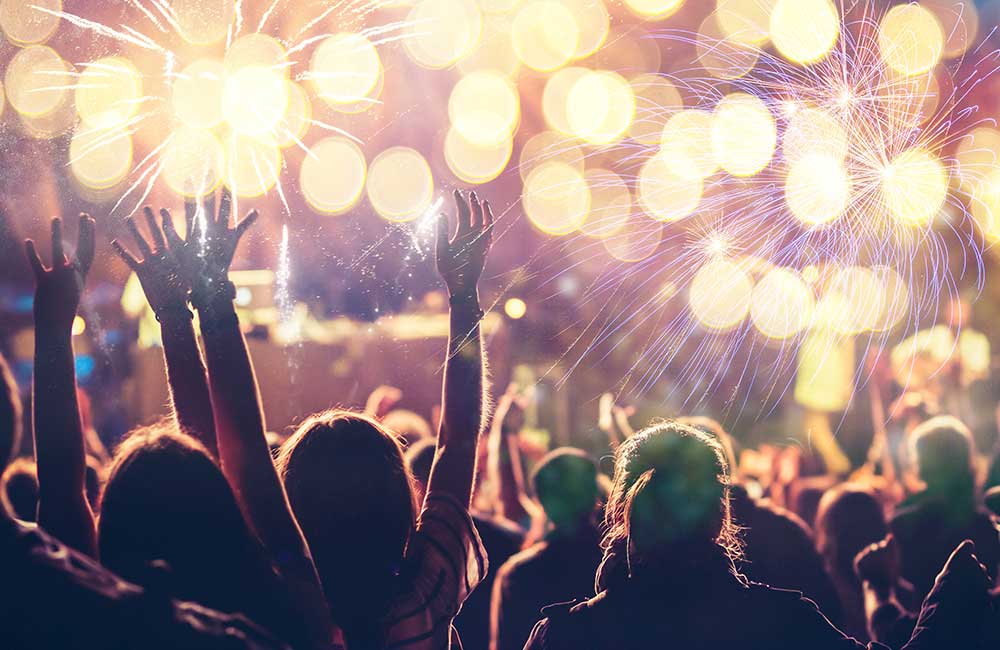
‘New Year’ is an event that takes place when the world celebrates the end of one year, and the beginning of the next. In the Gregorian calendar, the first day of January is often considered as a New Year’s holiday across the globe. People in all parts of India dress colorfully and indulge in fun-filled activities such as singing, playing games, dancing, and attending parties. Nightclubs, movie theatres, resorts, restaurants, and amusement parks are filled with people of all ages. People greet and wish each other a Happy New Year. Exchanging messages, greeting cards and gifts are part and parcel of the New Year celebration.
34. Lohri
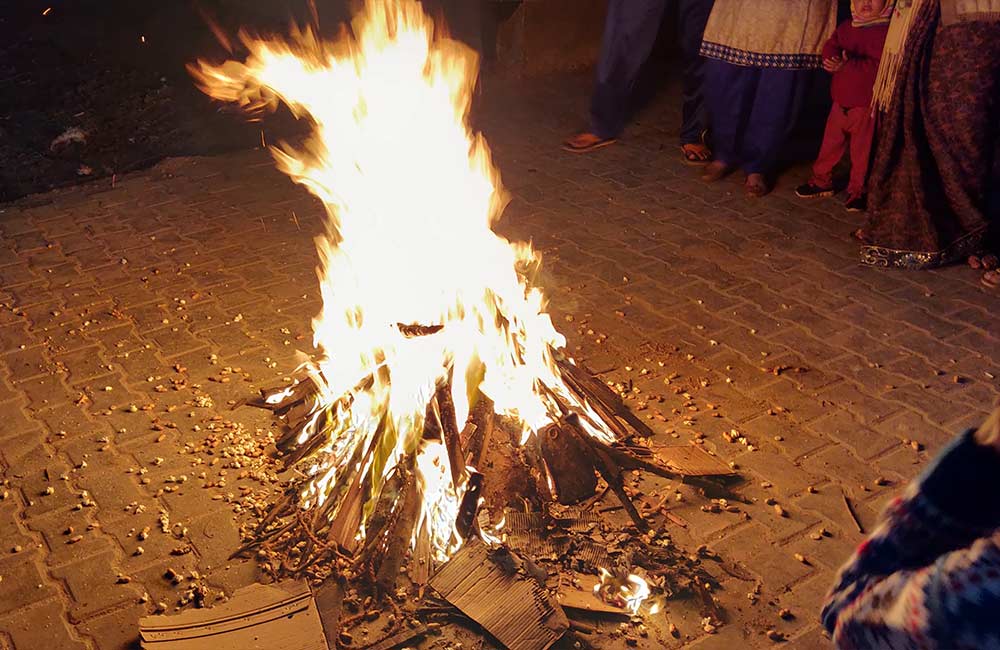
Lohri (local people call as 'Boghi') is a popular Indian festival that is celebrated to mark the beginning of the harvest season for winter crops. The highlight of the festival is the lighting of the bonfire after sunset. This fire is considered particularly auspicious for newly-wed couples and parents with newborn babies. In order to seek the blessings of the Gods, couples and parents circumambulate the bonfire and pour offerings like Gajjak (a sweet winter snack), popcorn, and puffed rice into the fire.
35. Pongal
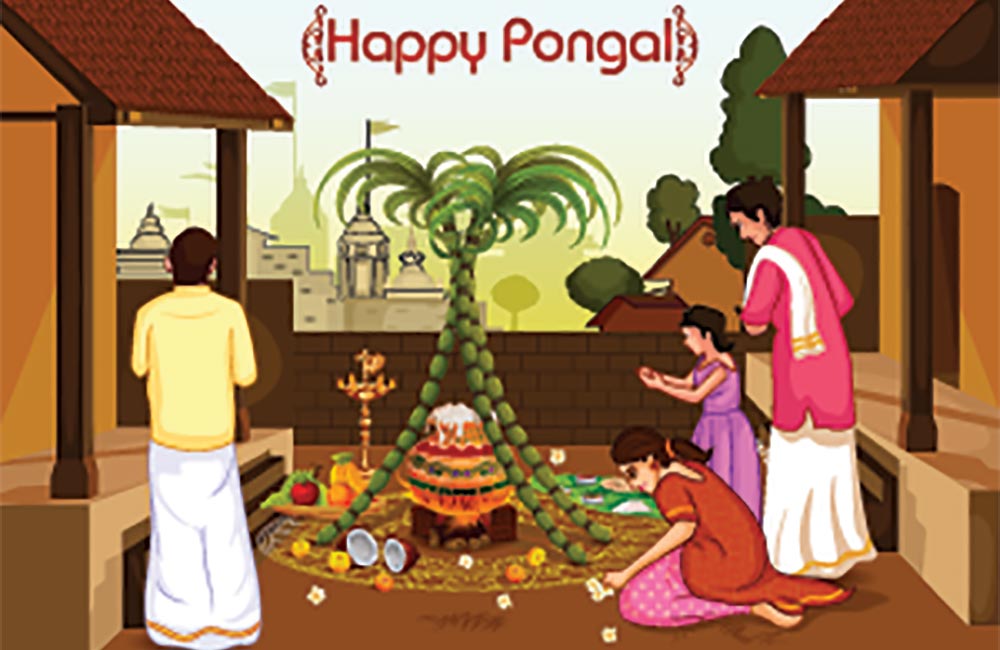
Pongal is one of the most popular harvest festivals in South India, mainly in Tamil Nadu. Pongal falls in mid-January every year and marks the auspicious beginning of the sun’s journey northwards. This four days long festival of Tamil Nadu is celebrated for showing gratitude to nature. Other traditions of the celebration include drawing Kolam, swinging & cooking delicious Pongal.
36. Losar
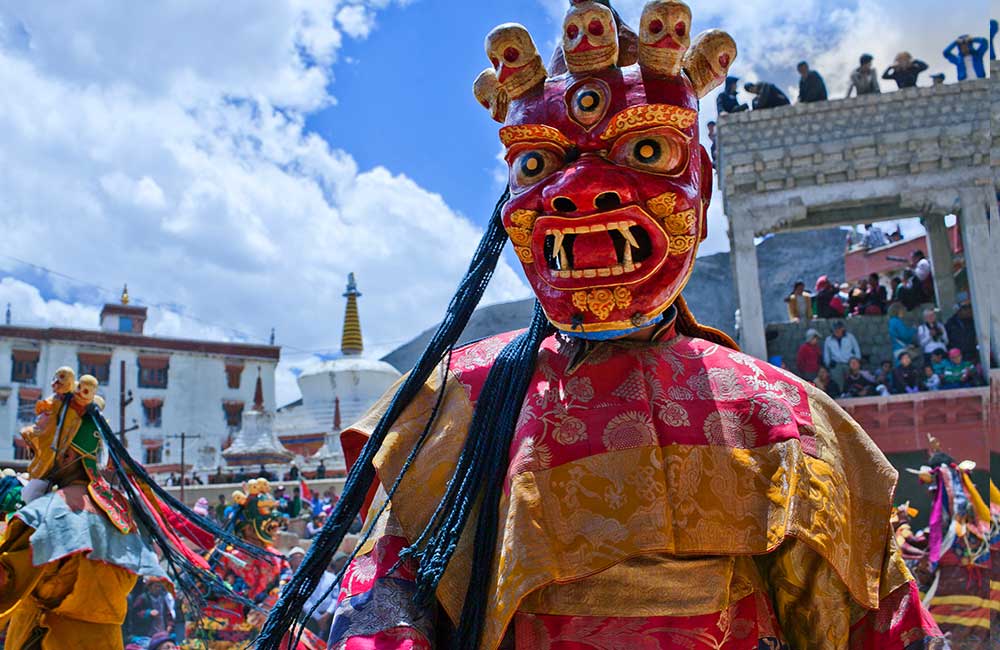
Losar is the celebration of the Tibetan New Year, the festivities of which start on the first day of the lunisolar Tibetan calendar and last for 3 days. Observed by Tibetans, Tibetan Buddhists, and Bhutanese all over the world, it is one of the most widely celebrated festivals of the religion. Losar is a 15-day festival in which people clean their houses thoroughly, wear new clothes, and offer freshly cooked food to their god, and a beer-based beverage named ‘Changkoi’ is prepared and distributed among the people gathered.
37. Ram Navami
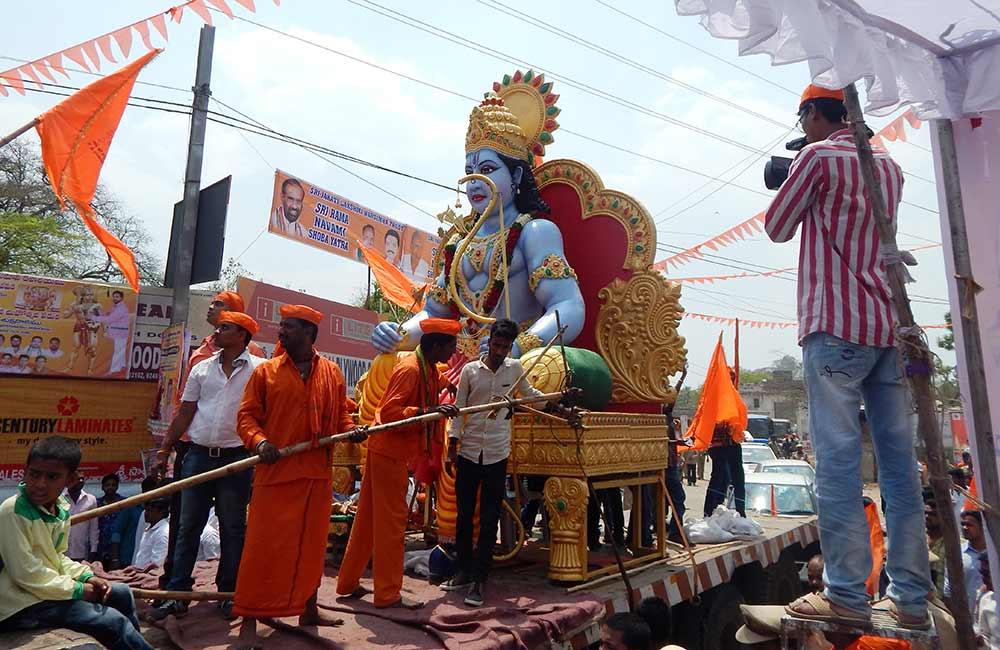
Ram Navami commemorates the birth of Lord Rama, an incarnation of Lord Vishnu and the protagonist of the epic Ramayana. Devotees visit temples, offer prayers, and engage in recitations of Ramayana. Special religious discourses and bhajans (devotional songs) are organized, recounting the life and teachings of Lord Rama. It also serves as a reminder of the ideals and values embodied by Lord Rama, inspiring people to lead righteous and virtuous life.
38. Good Friday
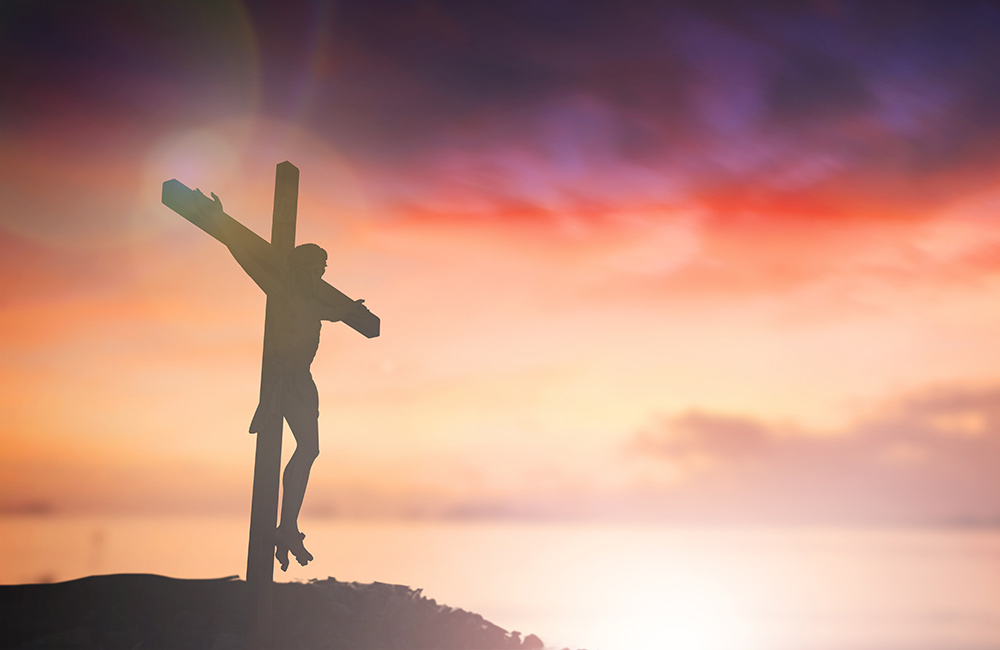
Good Friday is the day on which Christians commemorate the crucifixion and death of Jesus Christ. This is an observance that involves people fasting and praying. Many church services are held in the afternoon, usually around noon or midday to 3 pm, to remember the hours when Jesus hung on the cross. Parades are held in some places in remembrance of Jesus.
39. Buddha Purnima
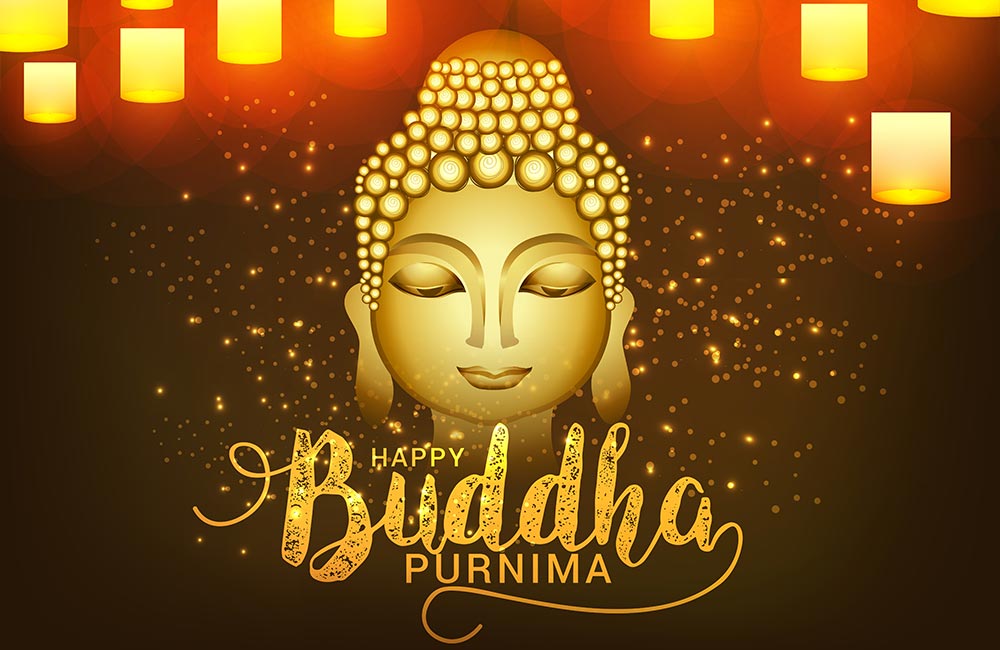
Buddha Purnima, also known as Vesak, is the most important festival for the followers of Buddhism across the world. This auspicious day marks the birth, enlightenment, and death of Gautama Buddha, the founder of Buddhism, and is celebrated by Buddhist sects with much fervor. Many devotees visit Buddhist shrines and spend the day there reciting hymns and sermons about the life of Lord Buddha and his teachings and principles. Flowers and candles are offered to worship the Buddha’s idol, which is placed in a basin full of water.
40. Rath Yatra
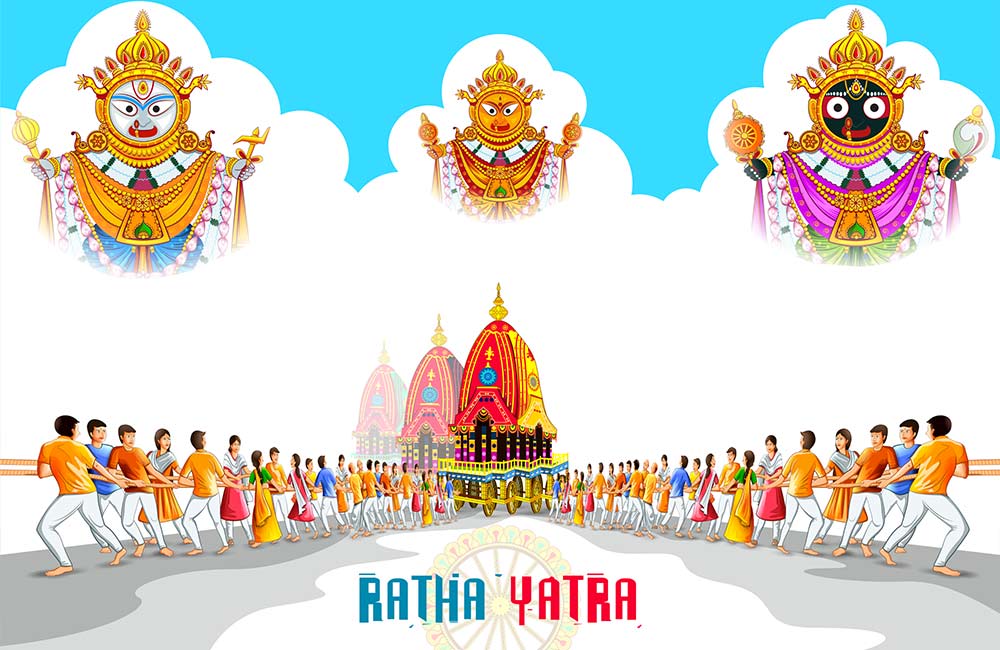
Ratha Yatra or Ratha Jatra or Chariot Festival of Lord Jagannath, Devi Subhadra, and Lord Balabhadra, a Hindu festival, is undoubtedly the biggest and the most popular festival held in Odisha. It is the oldest Ratha Yatra taking place in India and the world. Every year in the month of June or July, this festival is celebrated. It is considered most auspicious to visit the temple during this period. The festival in Odisha is celebrated for nine days, the commencement of this festival is called as the Rath Yatra.
41. Parsi New Year/ Navroz
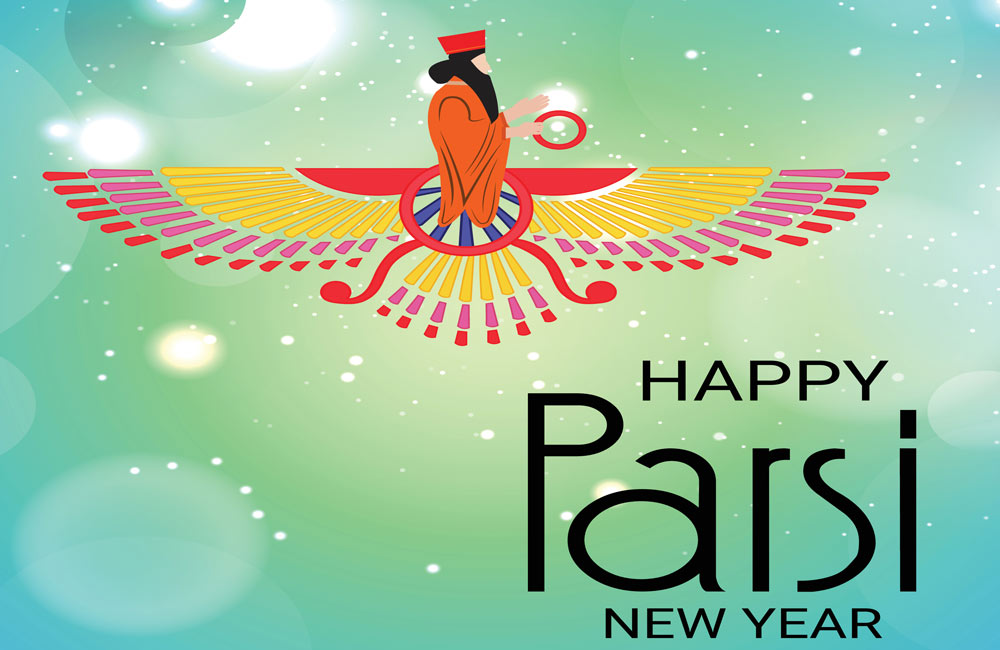
The Parsi New Year is a regional holiday celebrated on the first day of the Zoroastrian calendar’s first month, Farvardin, it is also known as Navroz. Parsis will wear new dresses and interchange sweets and festival wishes. They make a visit to Agiary, which are also called fire temples. On this special day, milk, fruits, flowers, sandalwood, etc., are offered to the fire.
42. Karva Chauth
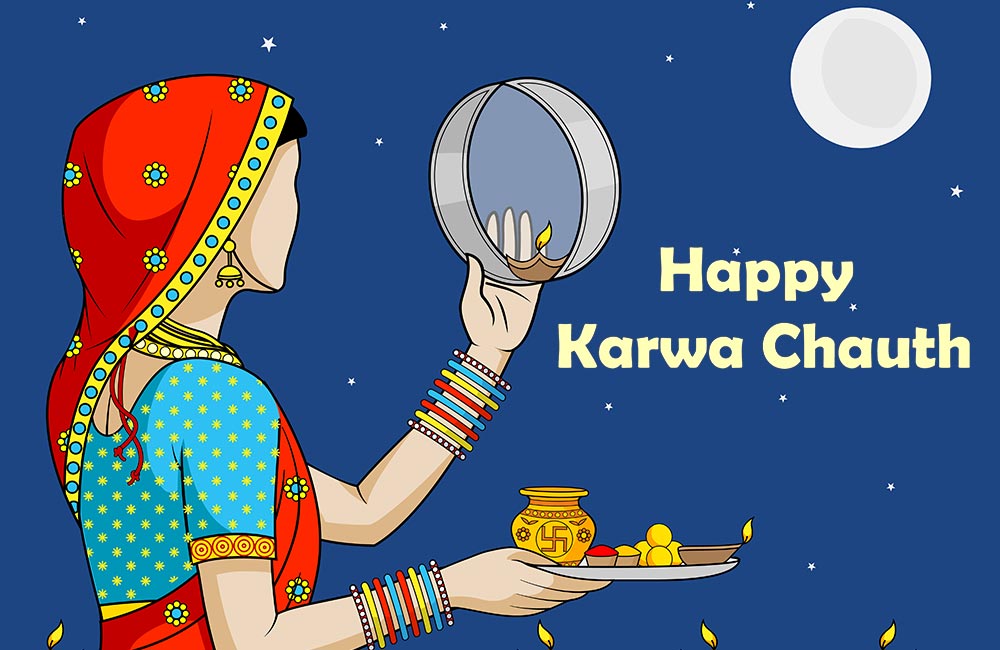
Karva Chauth is a popular Hindu festival celebrated every year. On this day, married women, especially in Northern India, take time to fast from sunrise to moonrise. During this fast, they pray for the safety, health, and long life of their husbands. They have traditions from preparing various foods, decorating the dishes to break the fast, and even the gifts they give one another.
43. Bhai Dooj
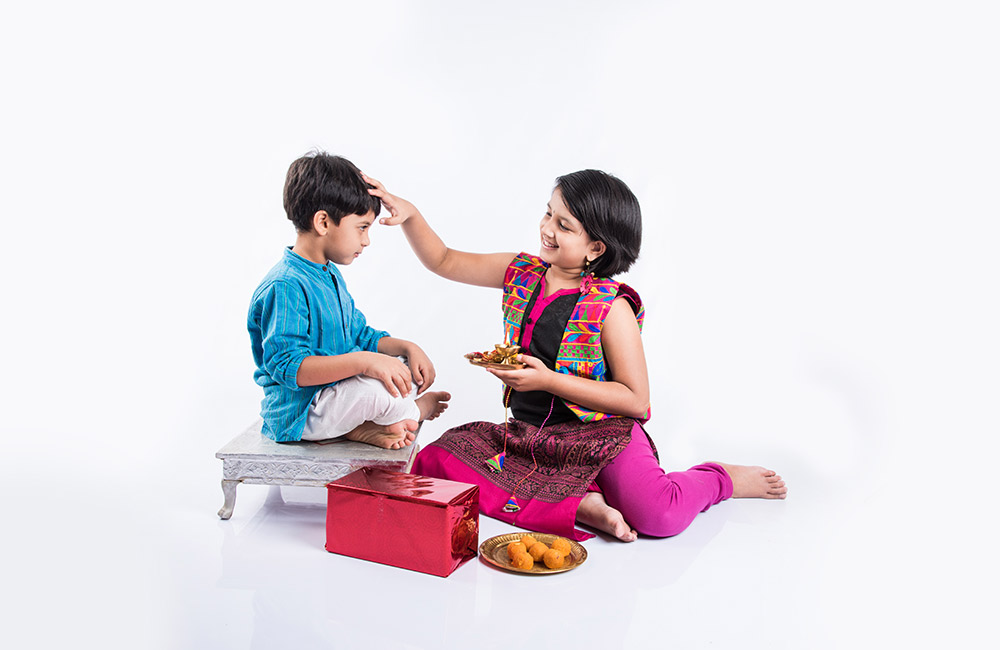
Bhai Dooj or Bhaiya Dooj commemorates the sacred relationship shared between a brother and sister. Sisters apply tilak on the foreheads of their brothers and pray for their prosperity and longevity. On this day, Indian women pray for the long life and happiness of their brothers. Sisters apply tilak on the forehead of their brothers while praying for their well-being. And in return, men give gifts to their sisters and take a vow of protecting them.
44. Milad-un-Nabi
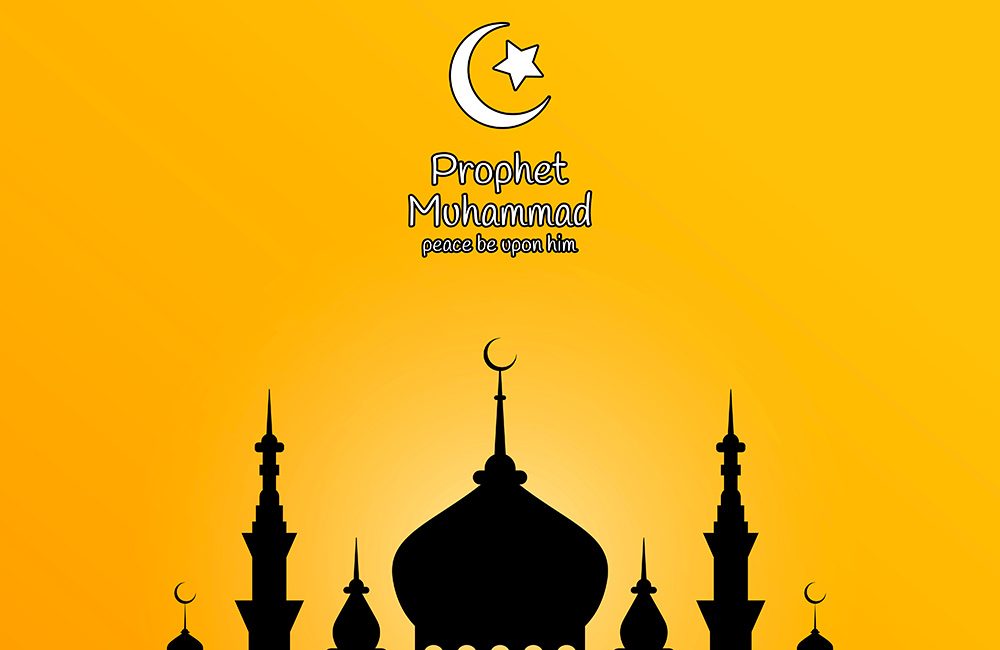
Known as Mawlid, Milad un-Nabi, or Mawlid al-Nabi al-Sharif, this festival is celebrated as the birthday of the revered Prophet Muhammad. Milad-un-Nabi is celebrated by holding mass prayers at the mosques where a preacher recites multiple sermons from the life and deeds of Muhammad. Families celebrate this day by preparing and distributing Seviyan (vermicelli in sweetened milk) and remembering the good deeds of Prophet Muhammad.